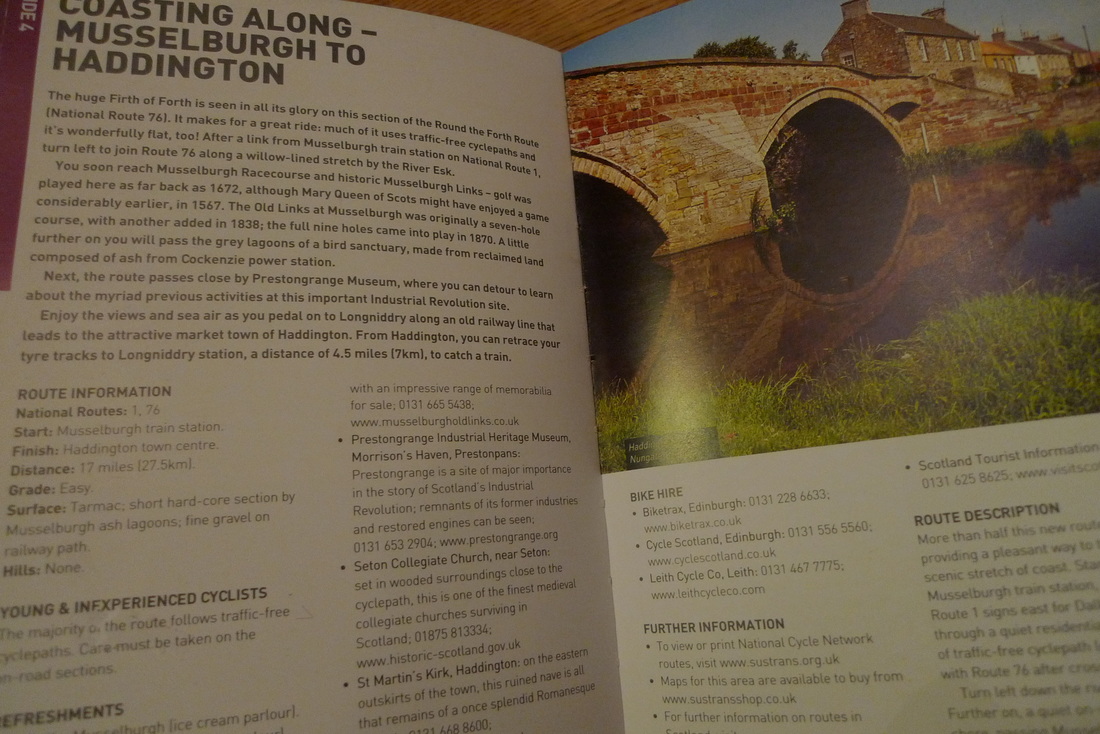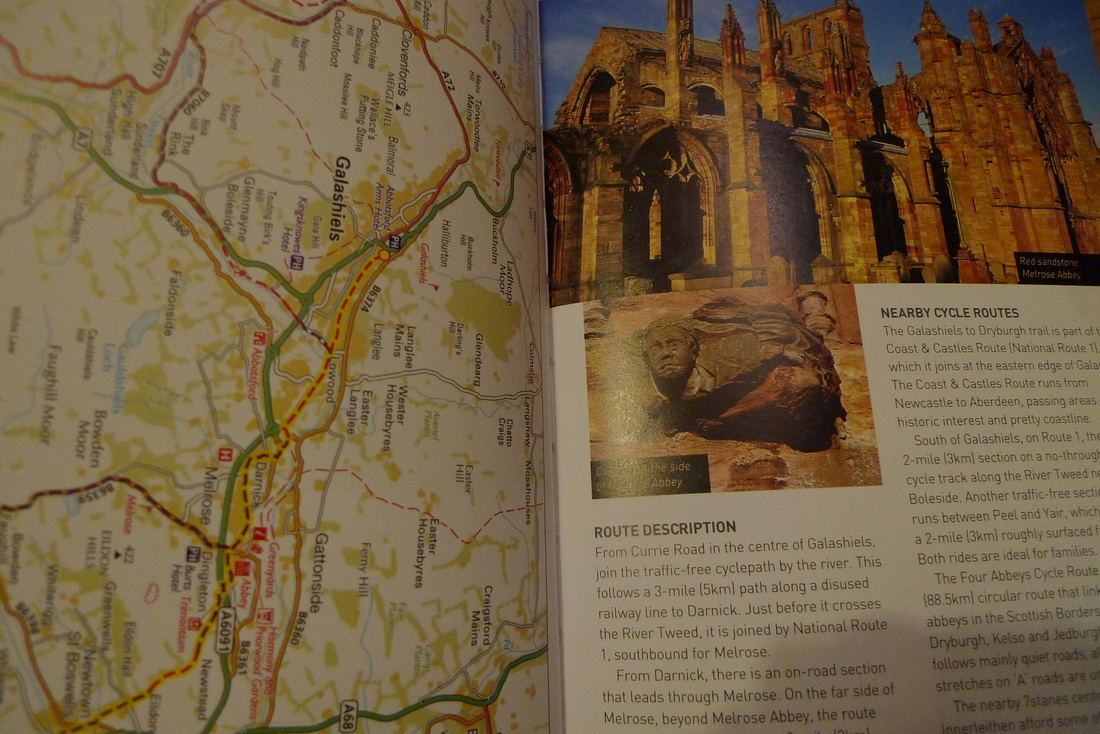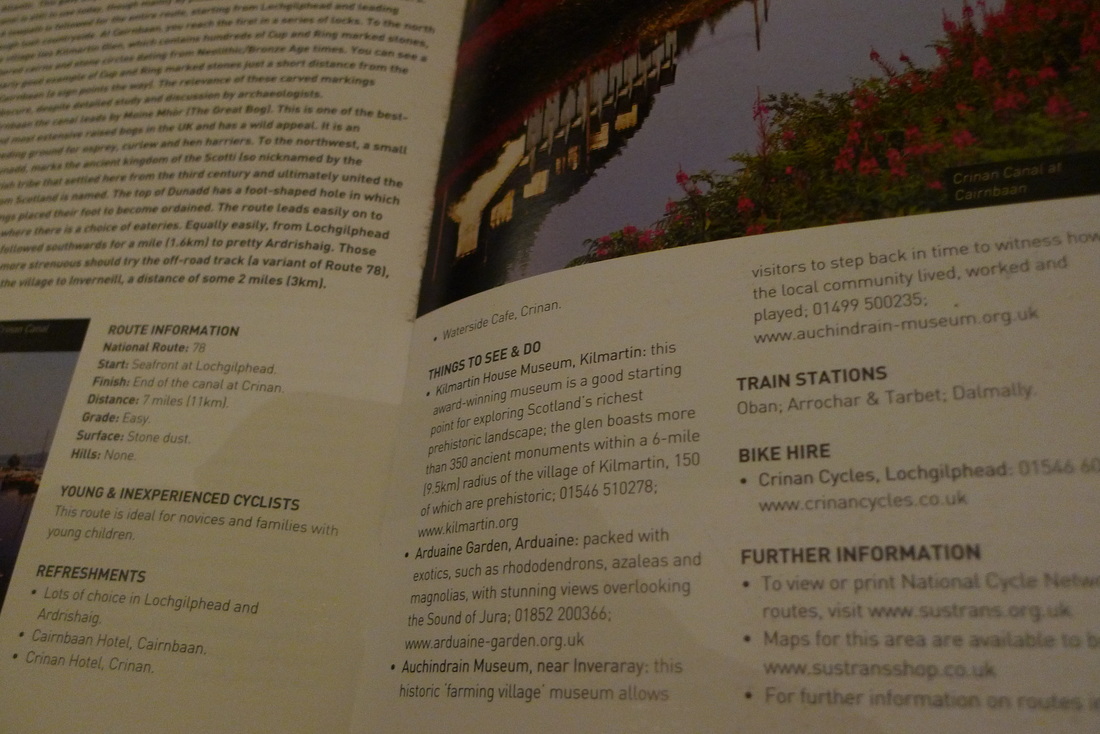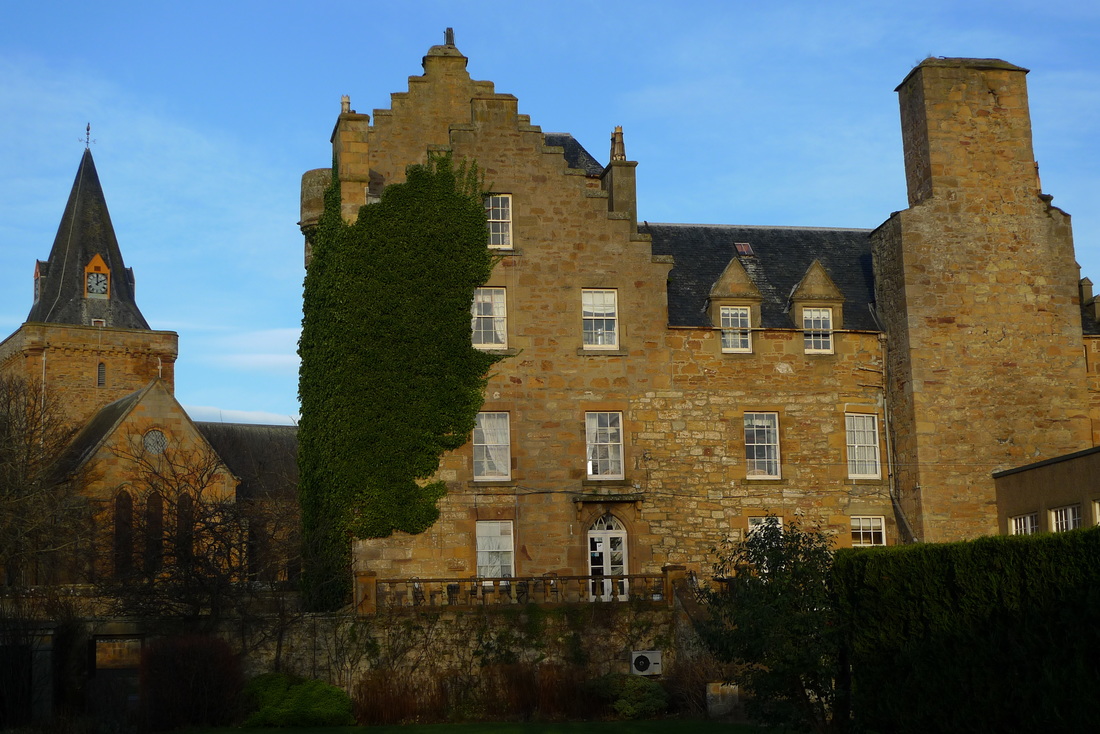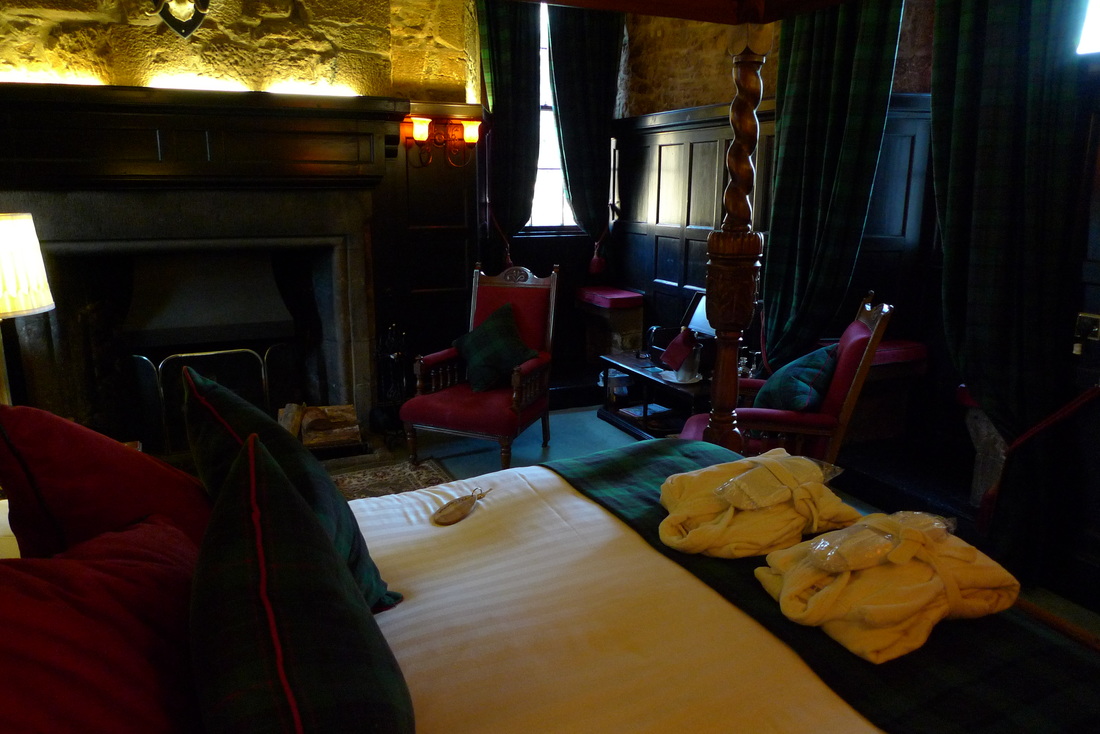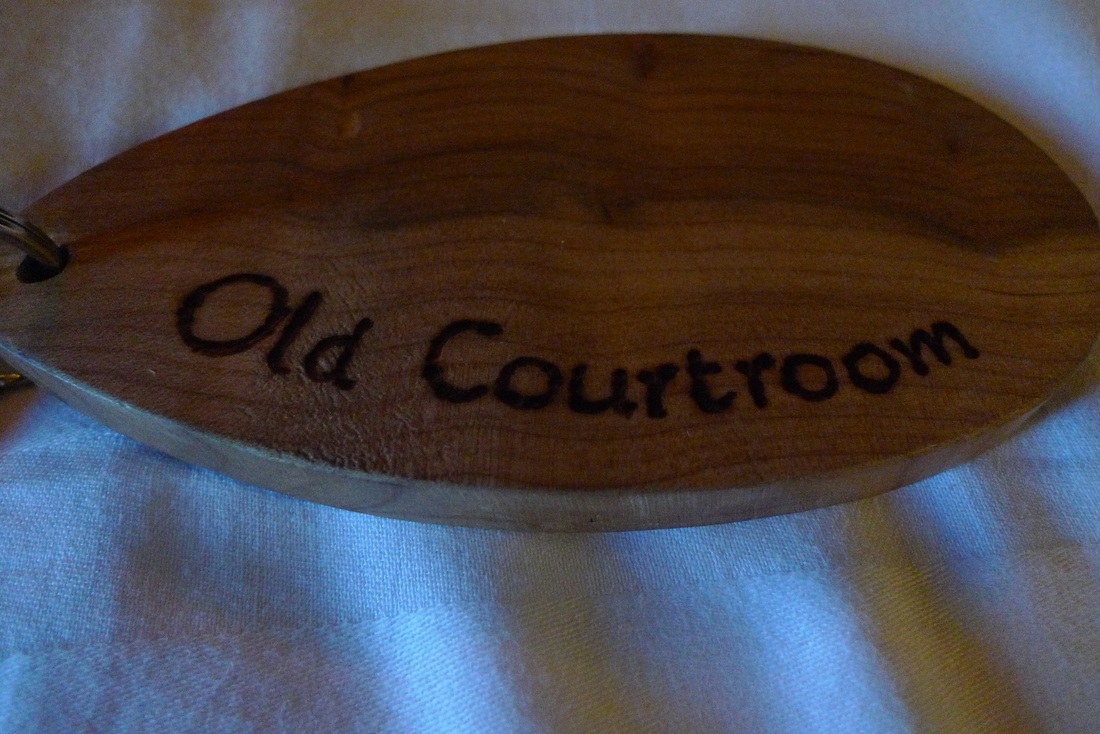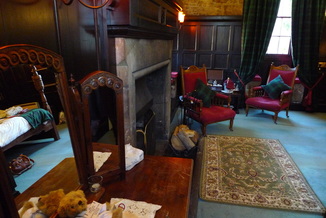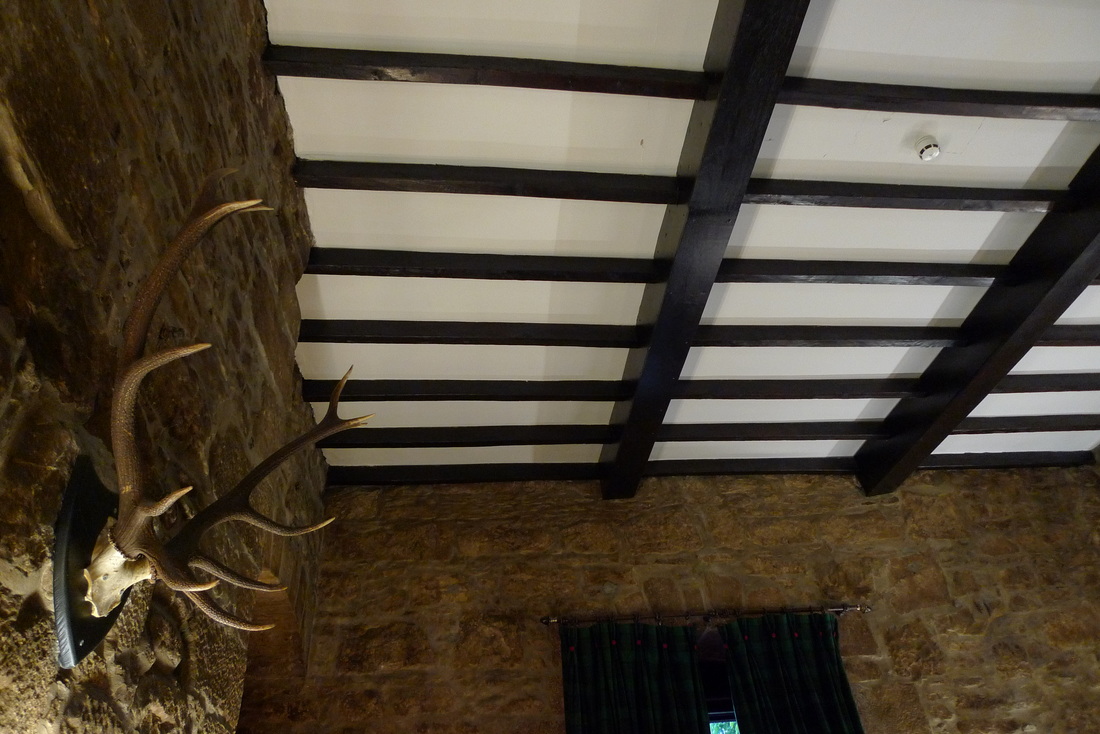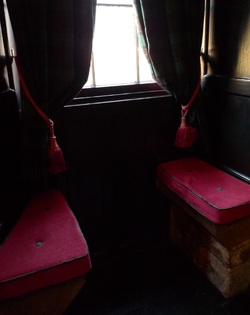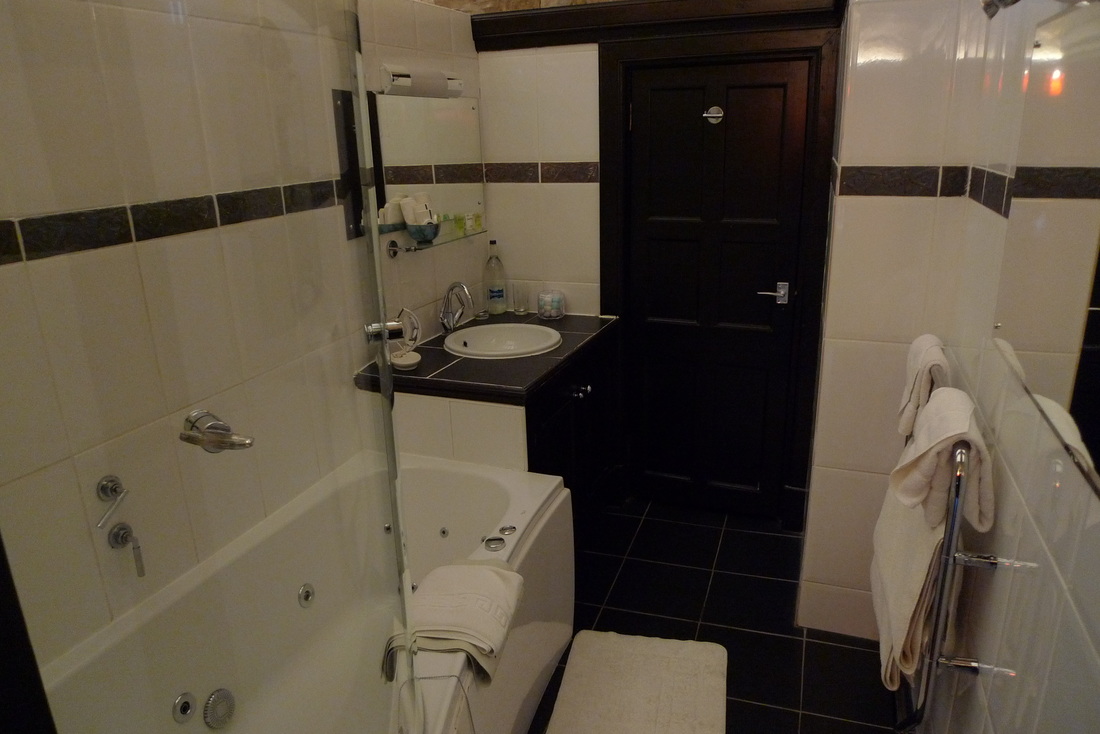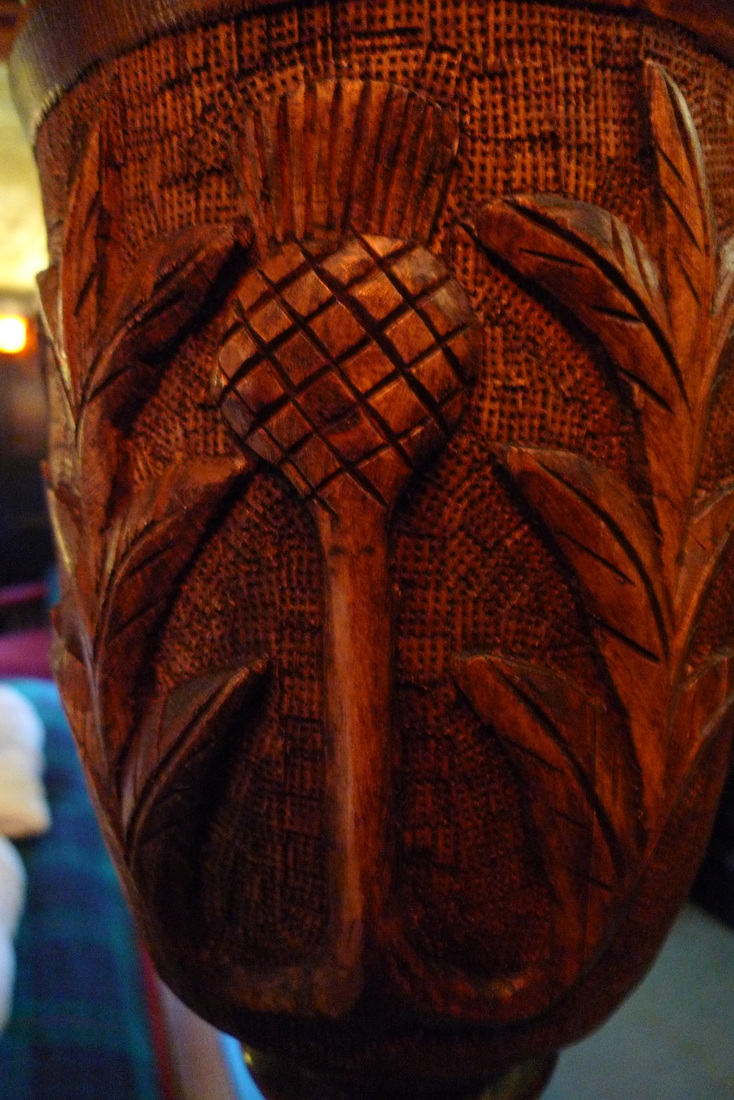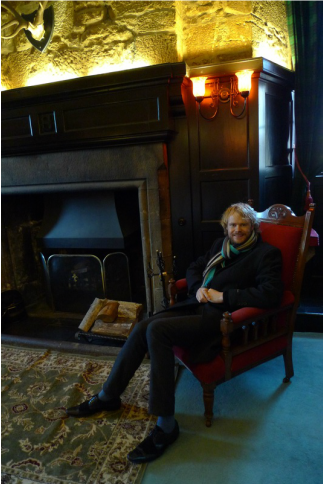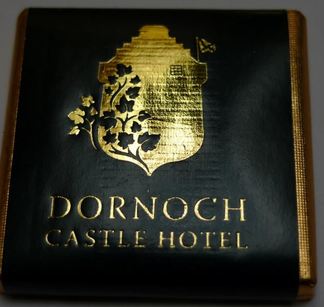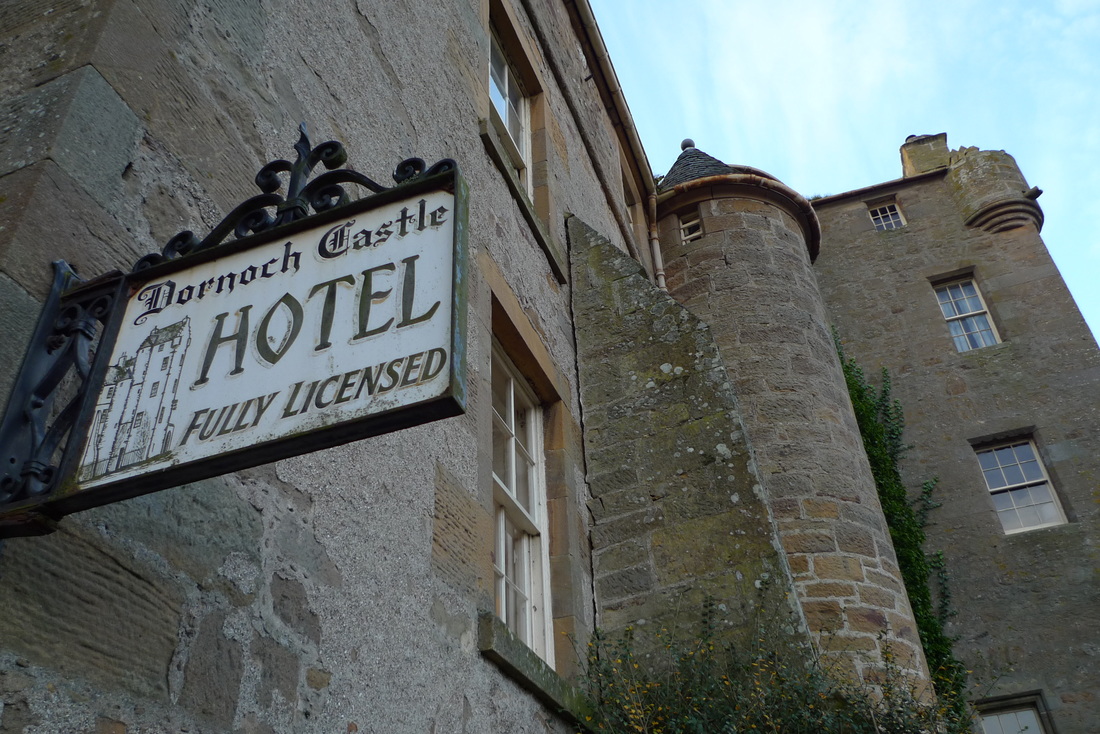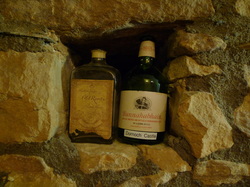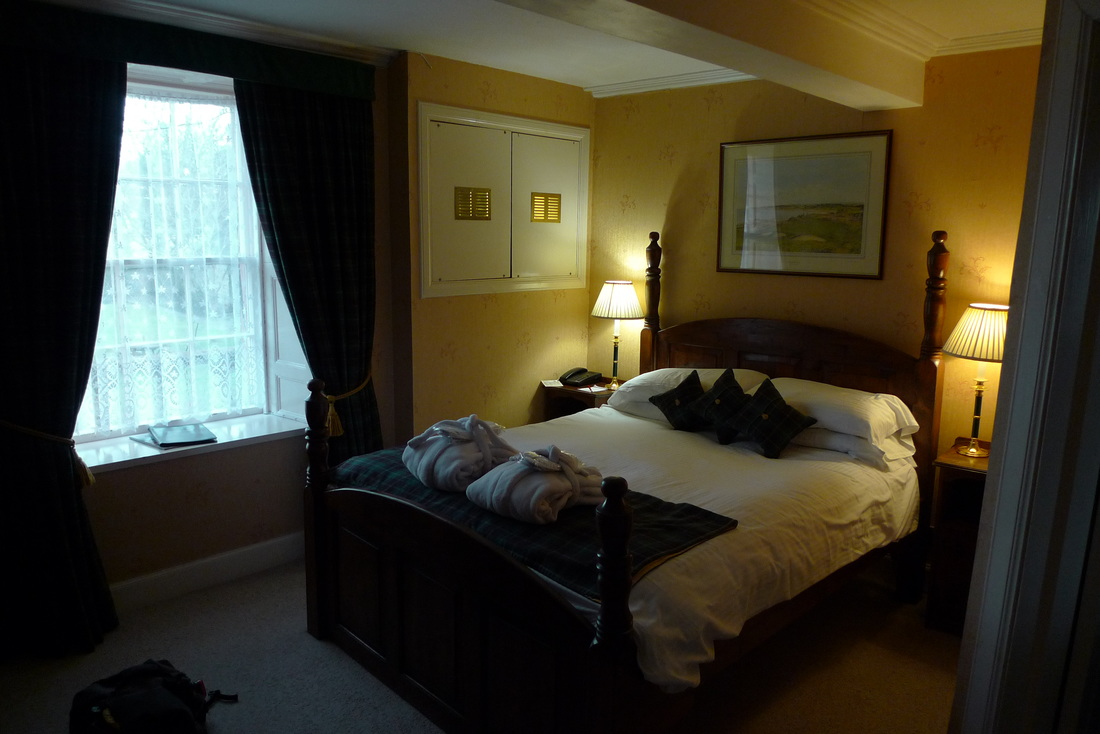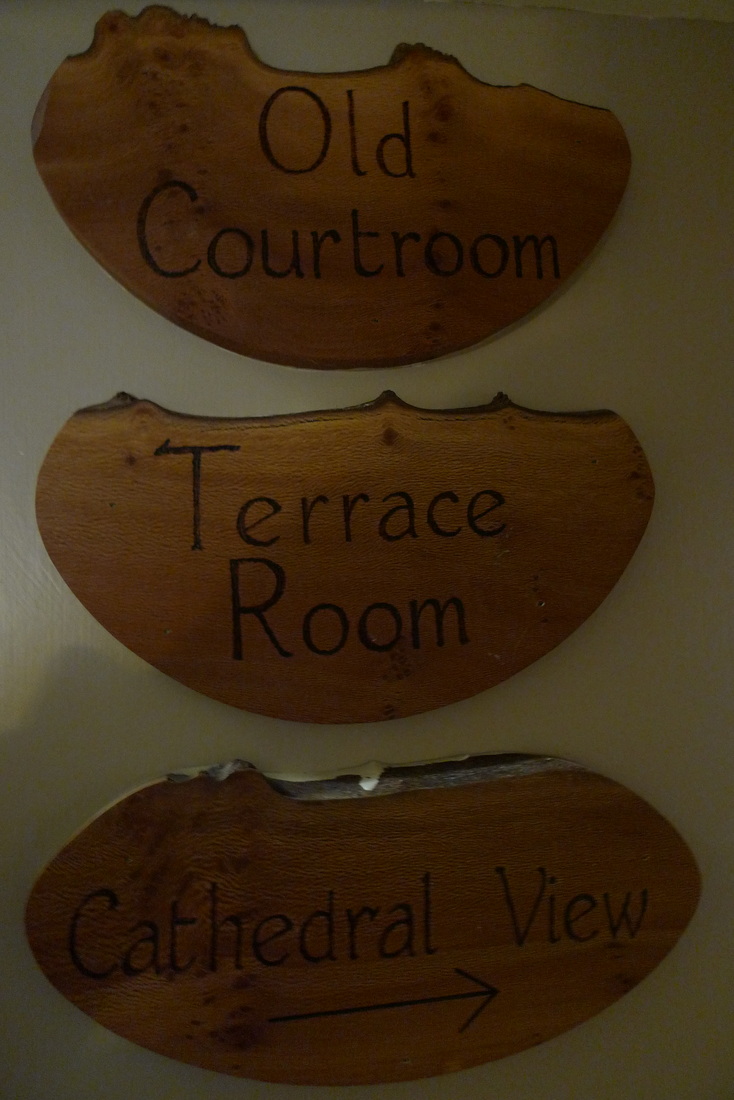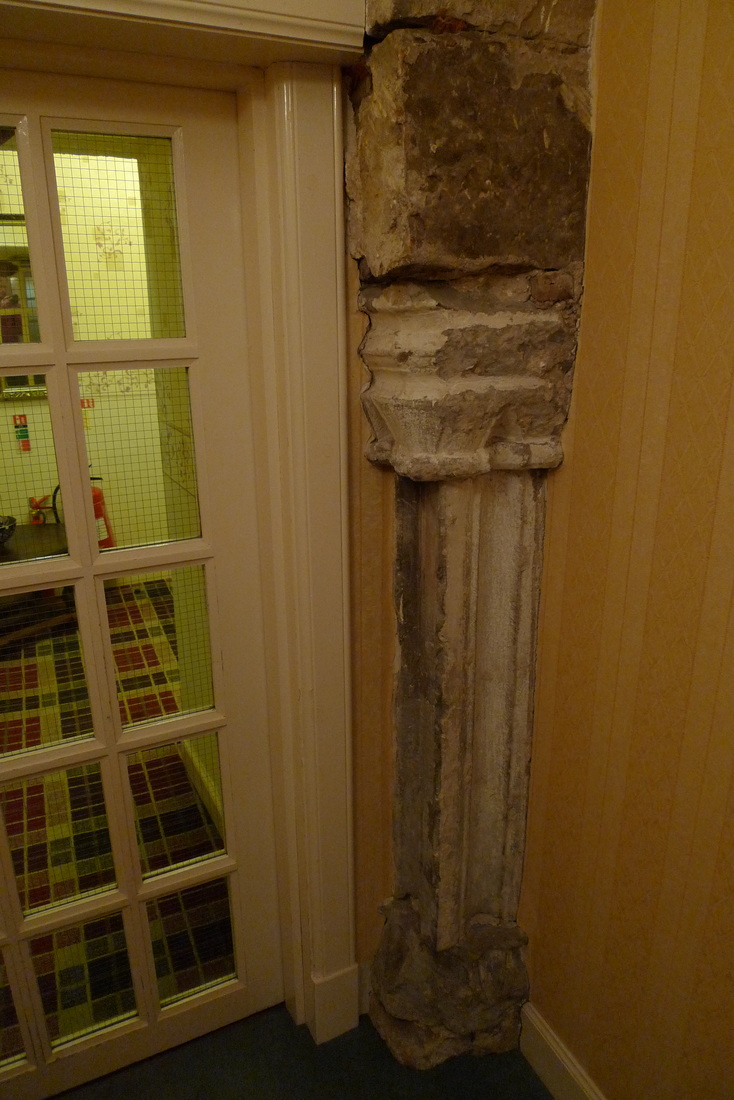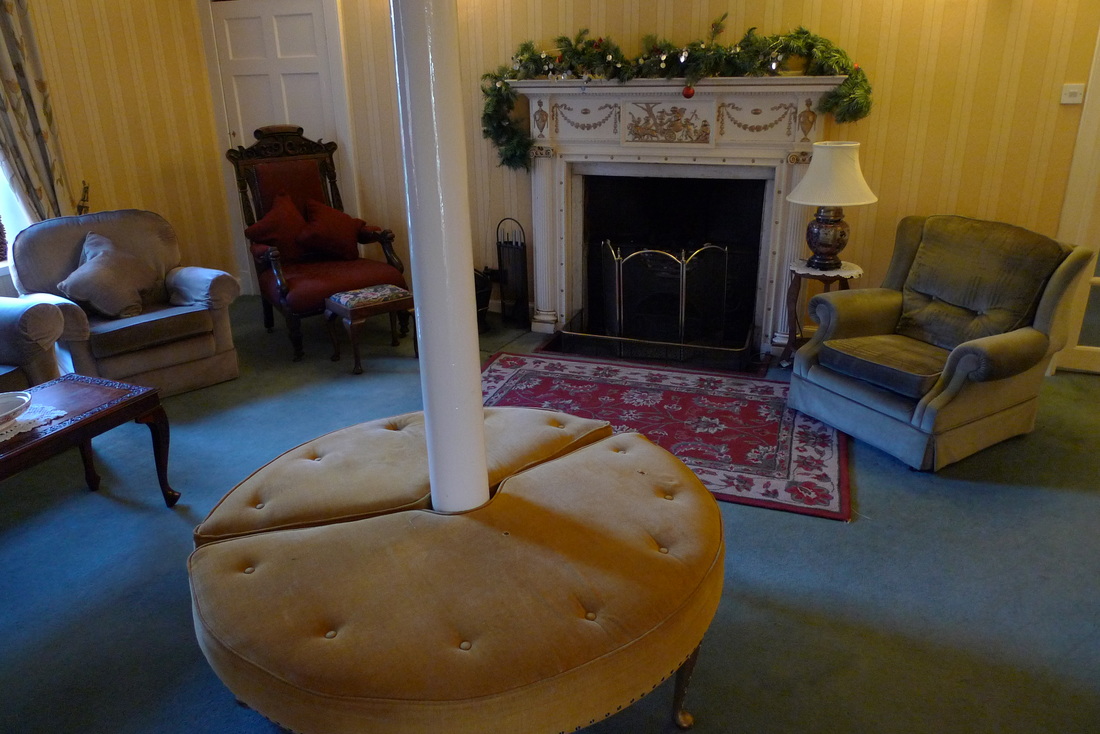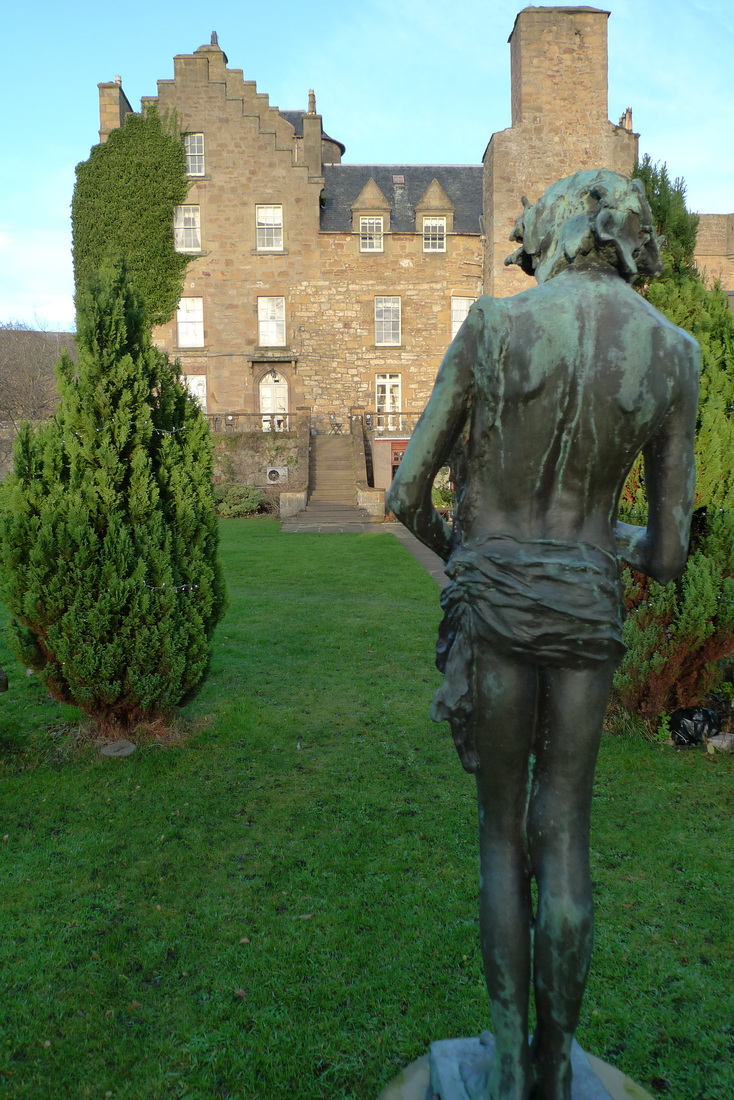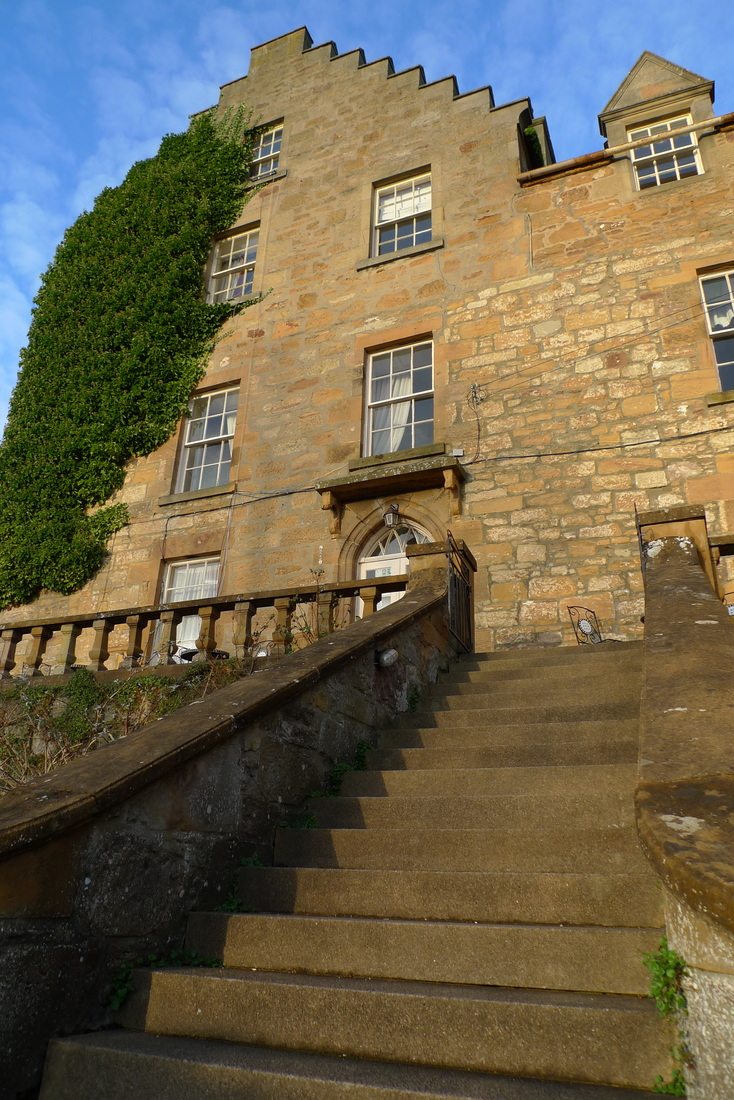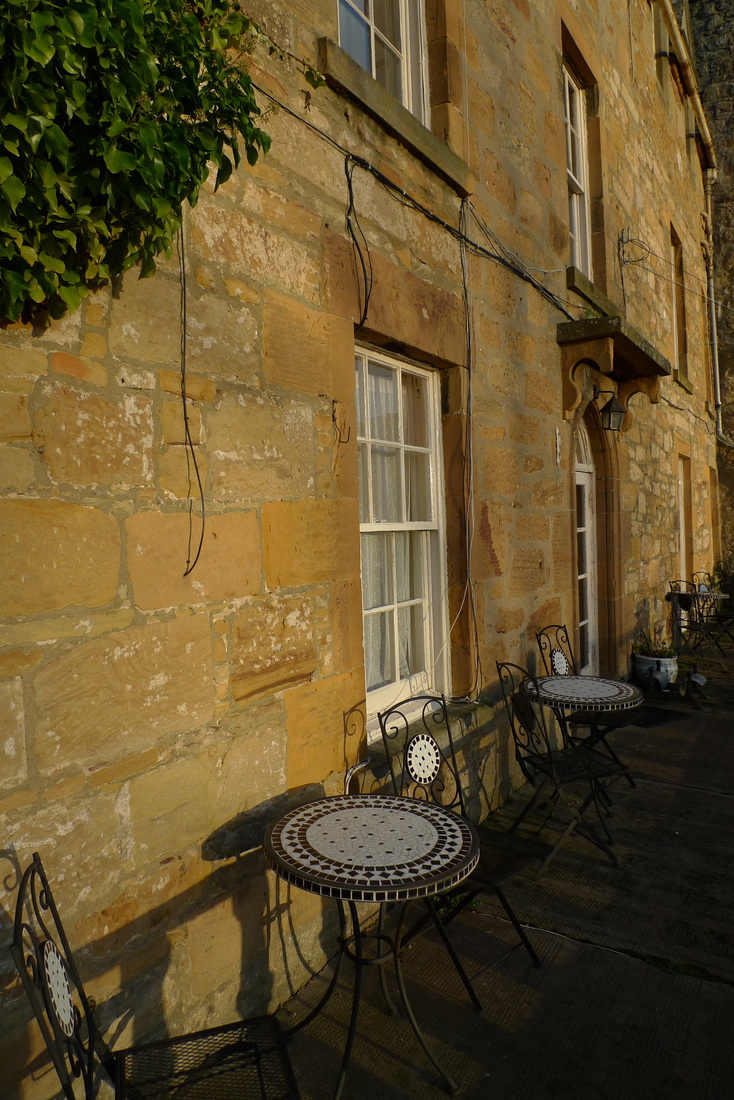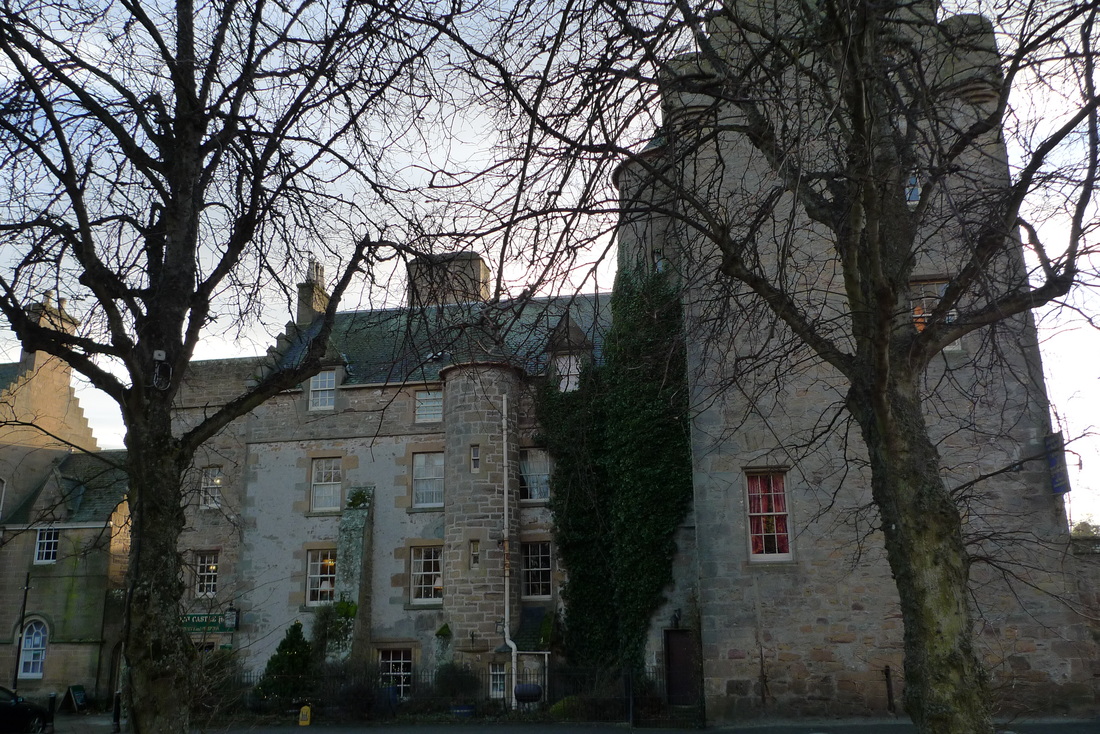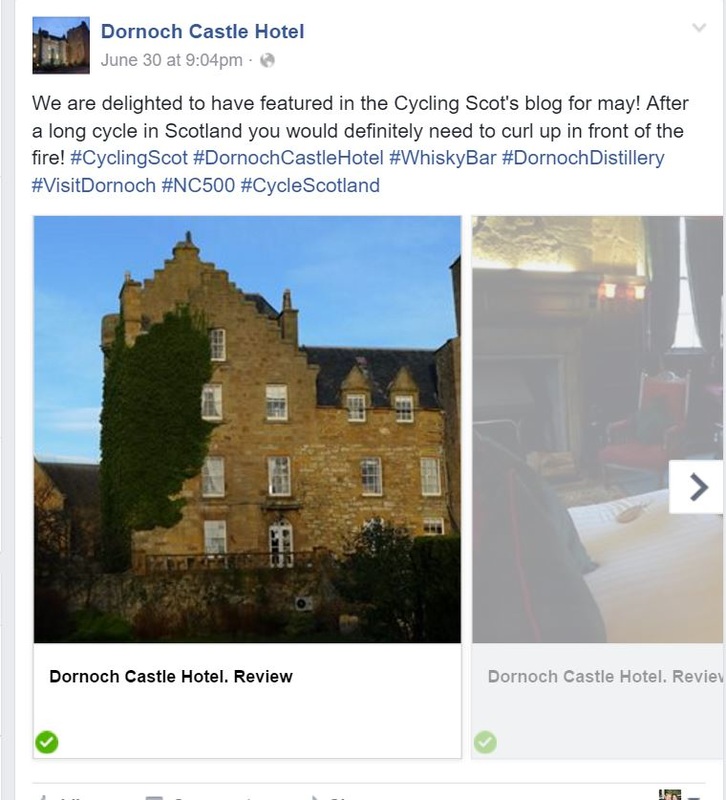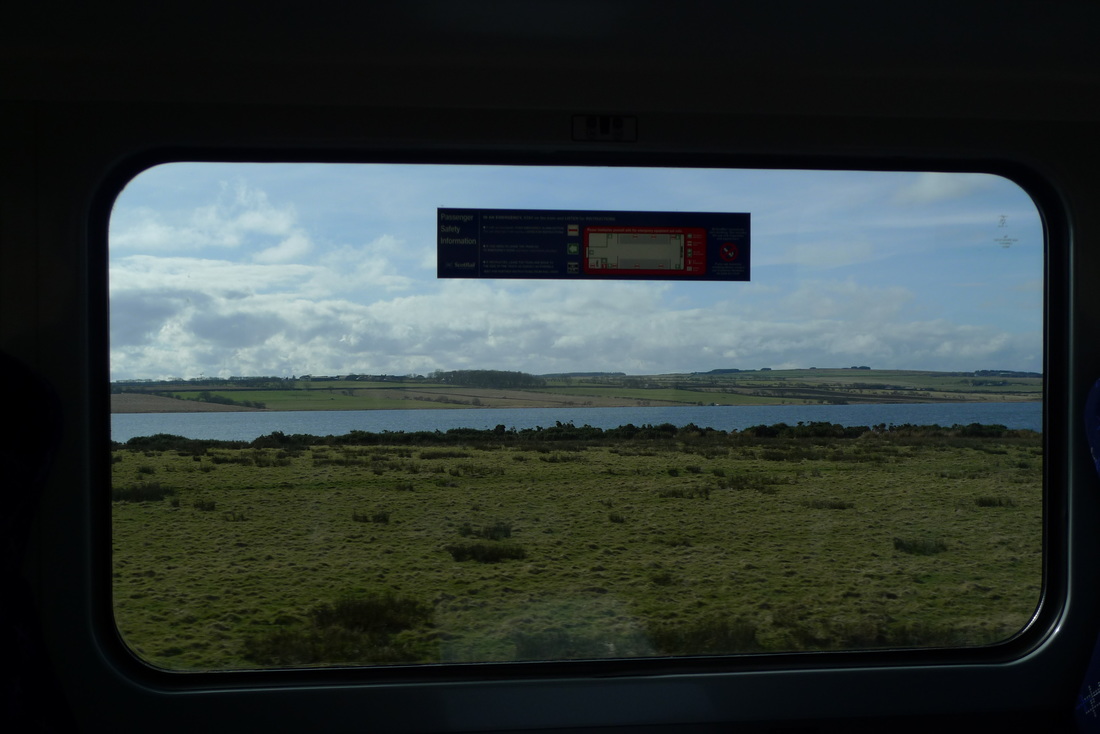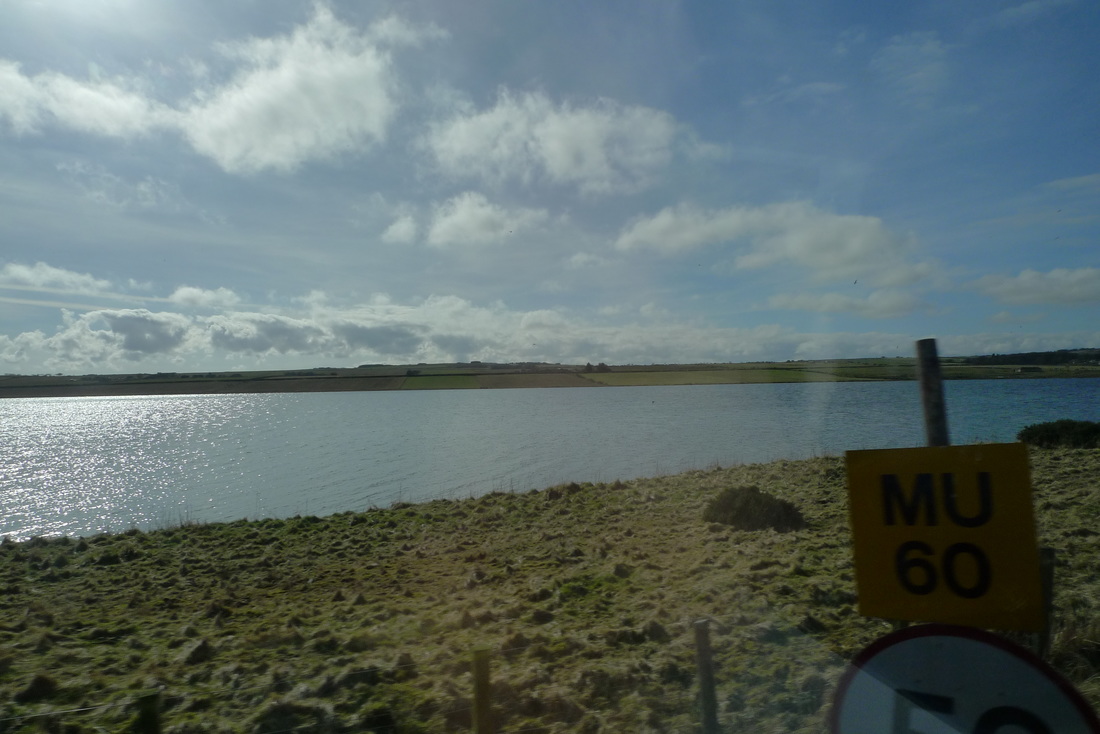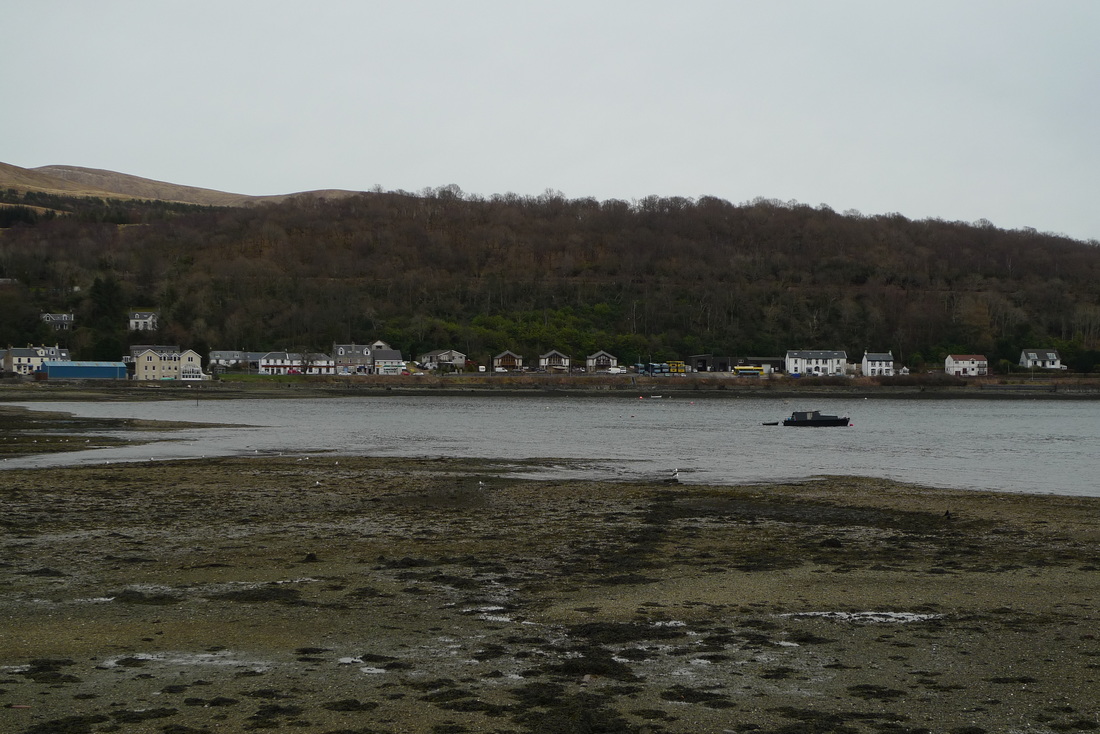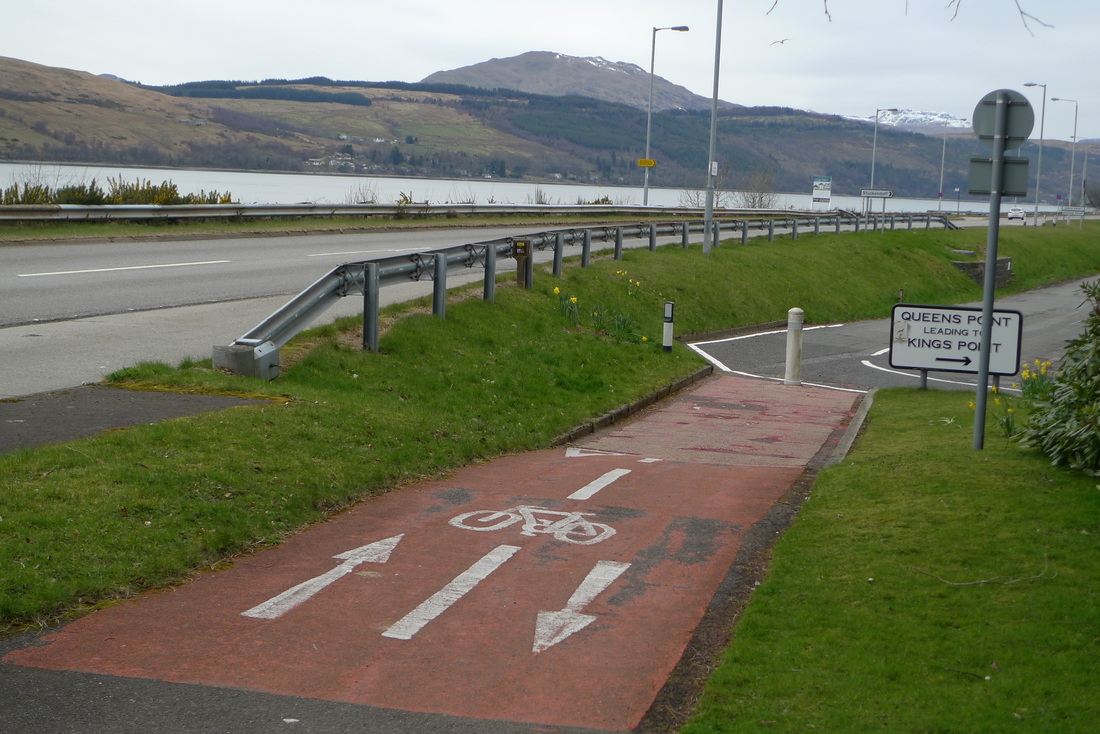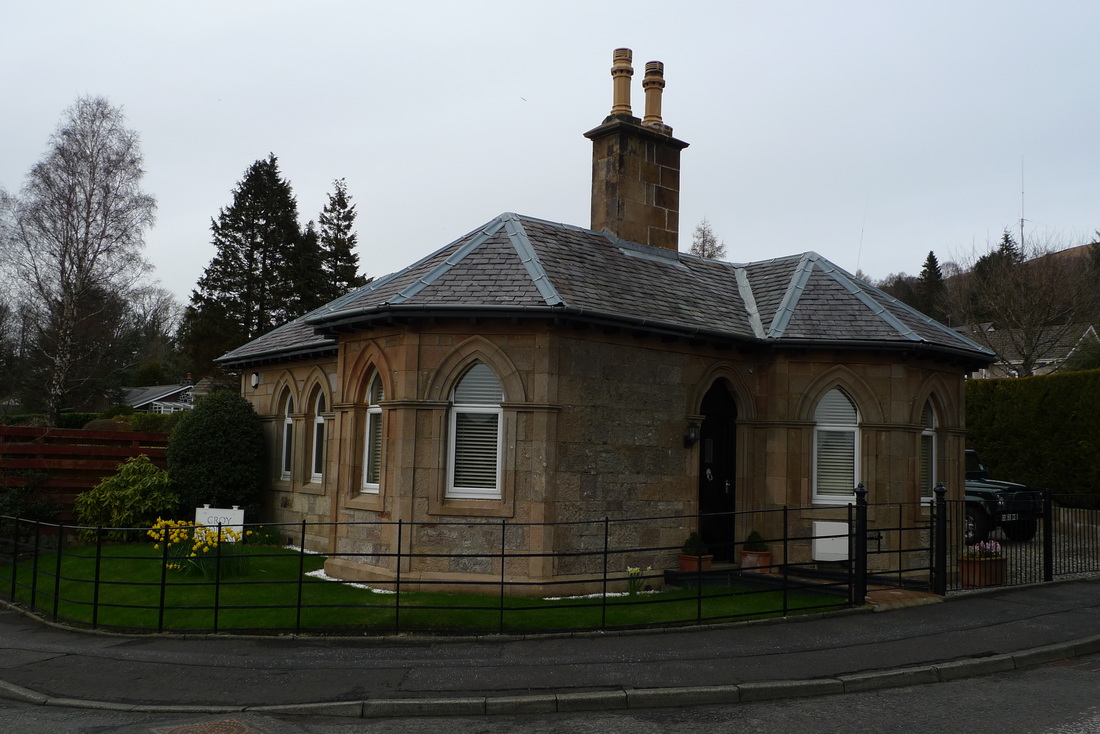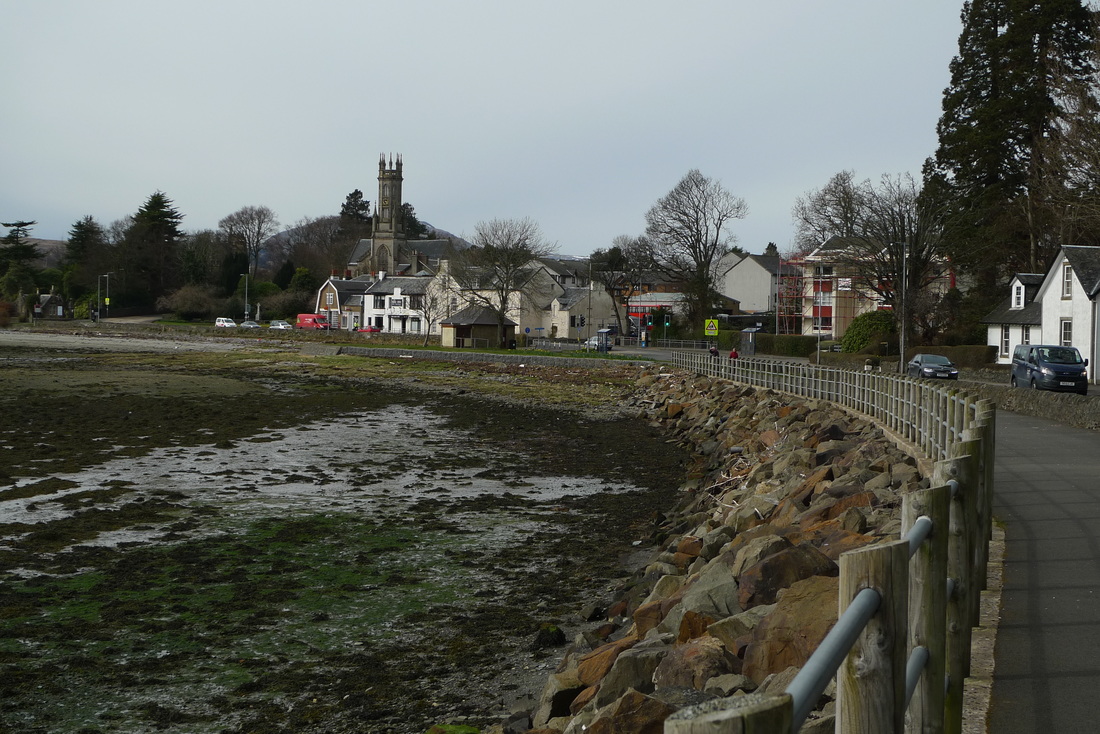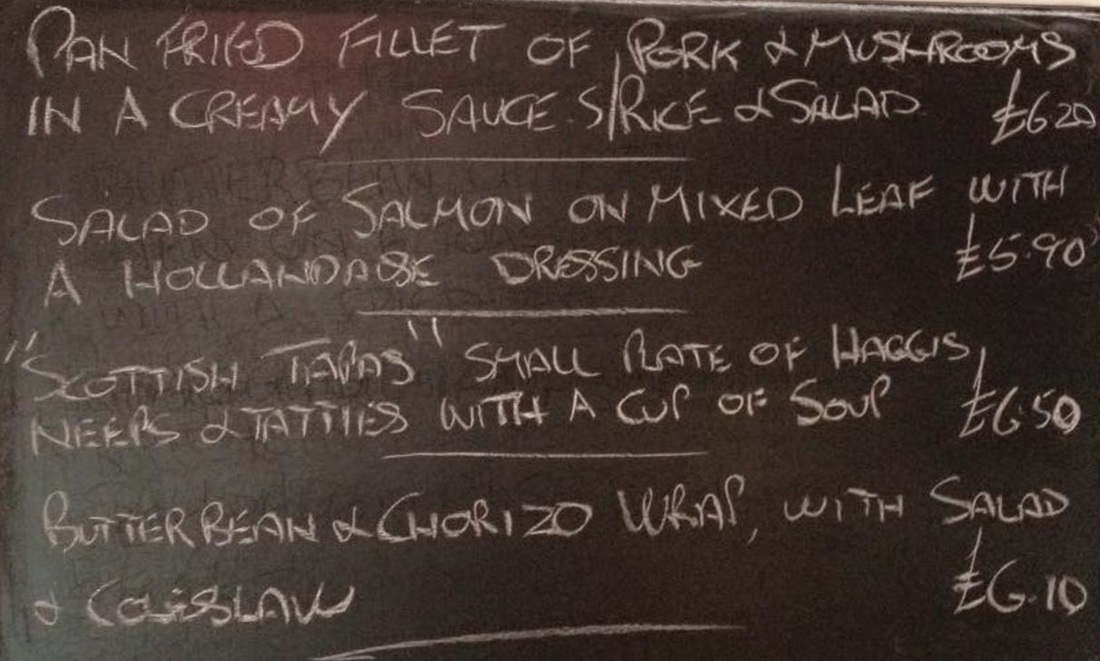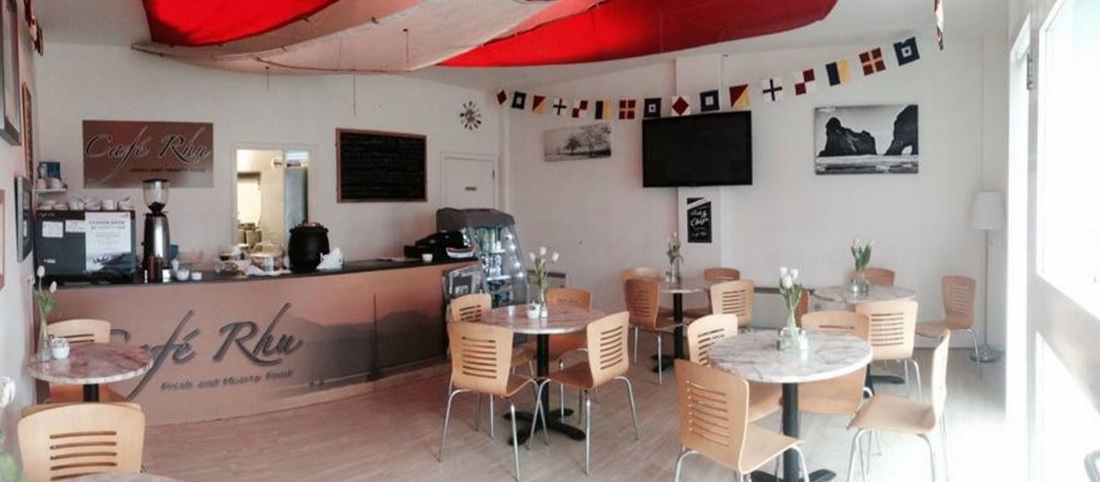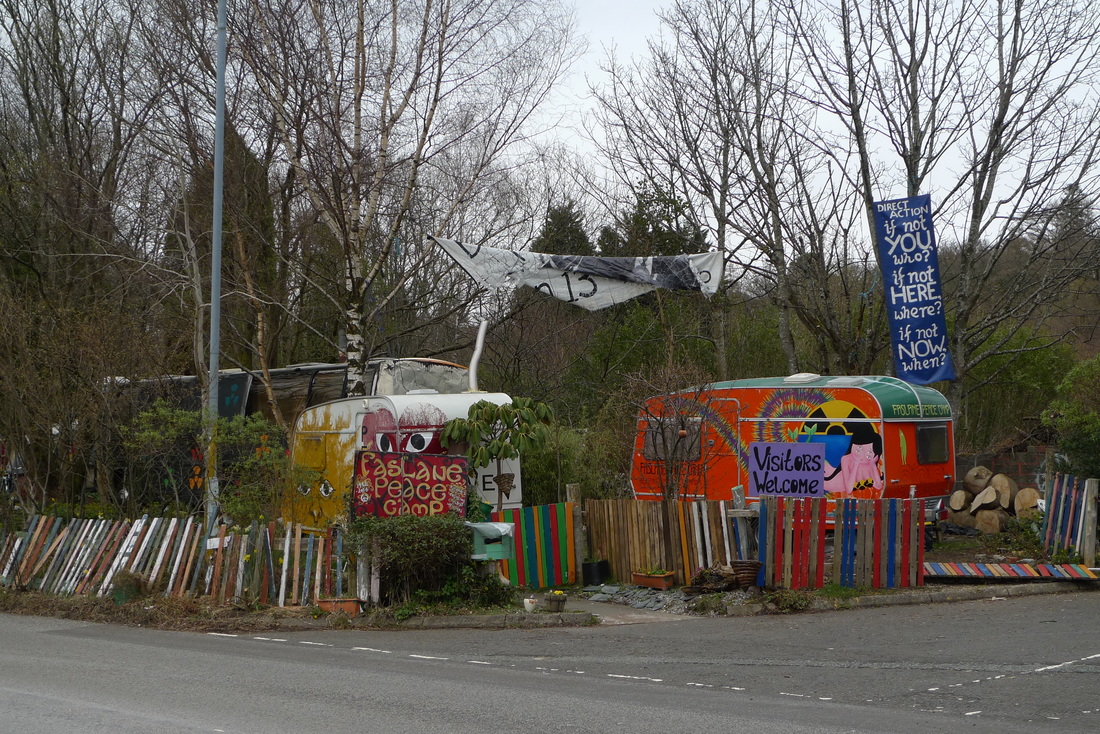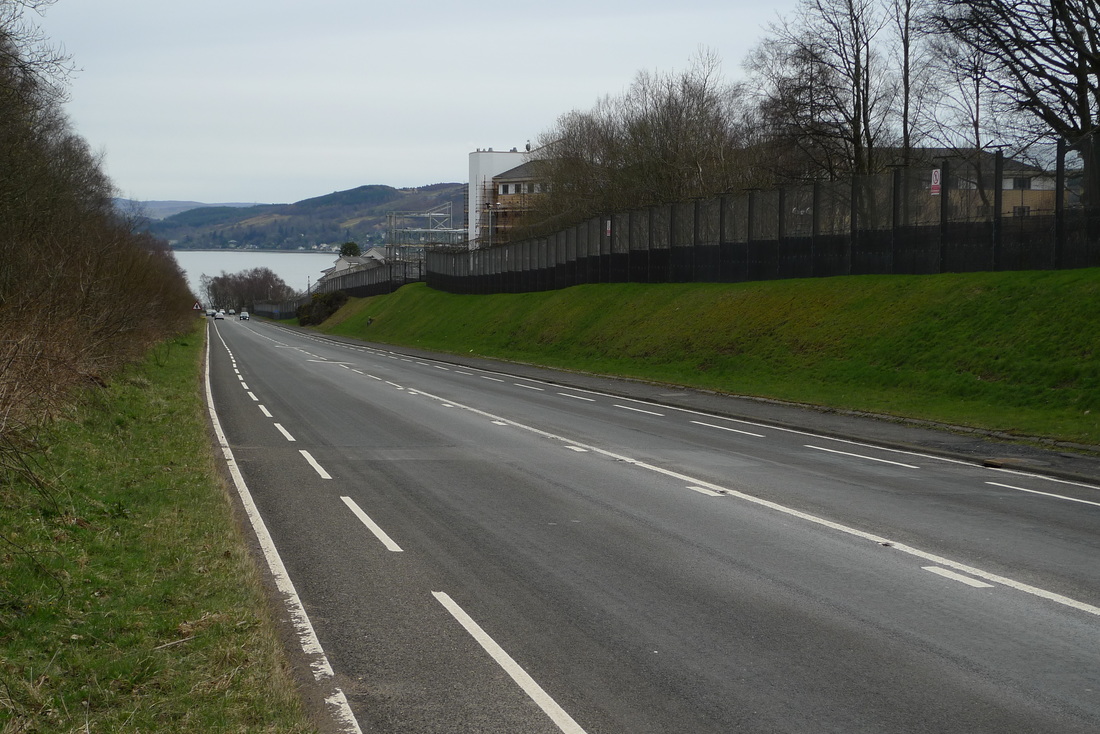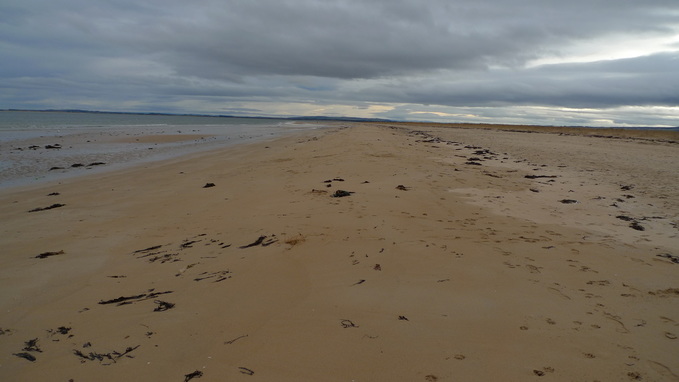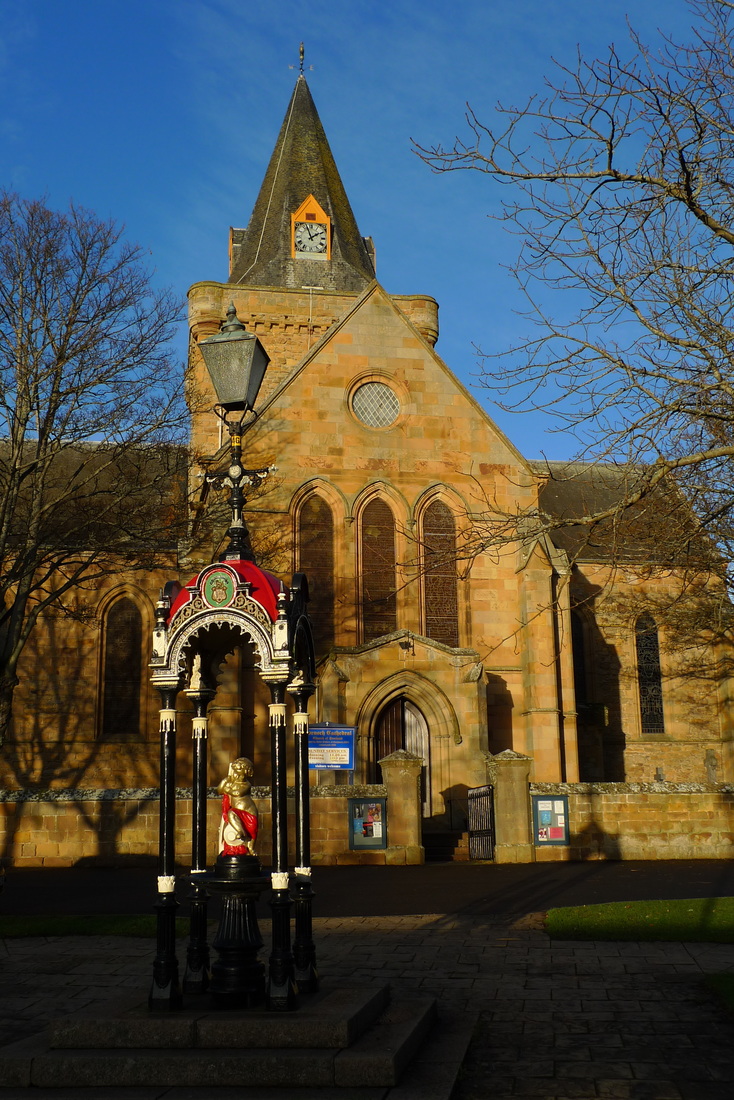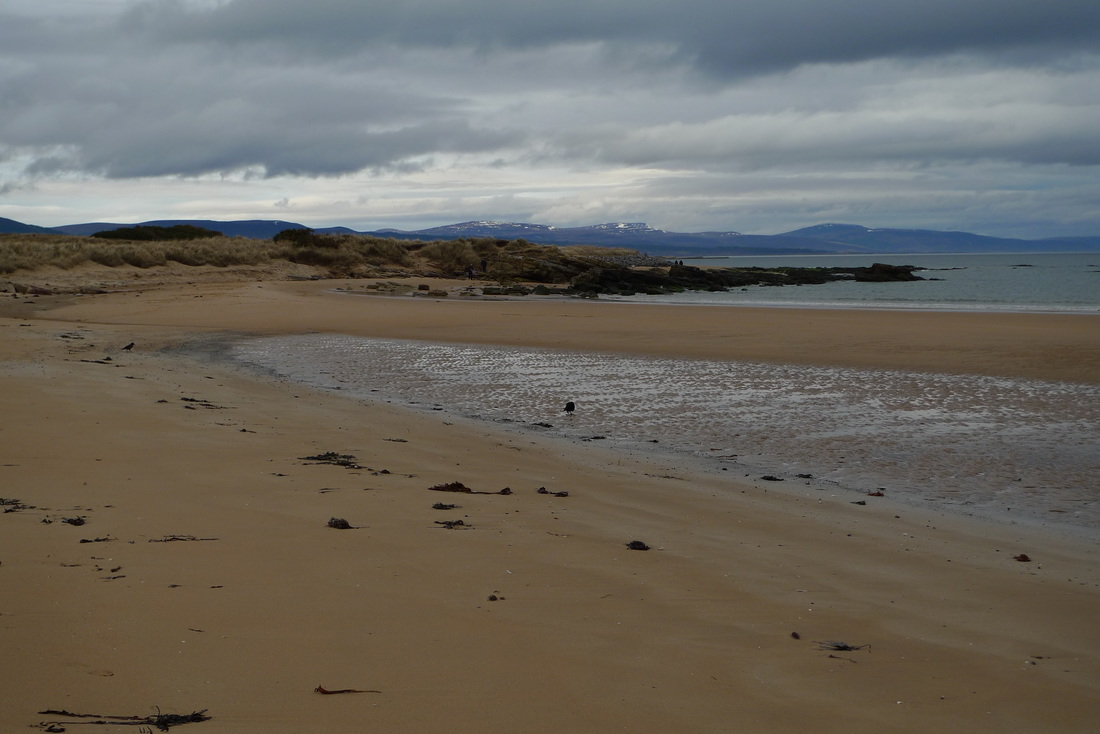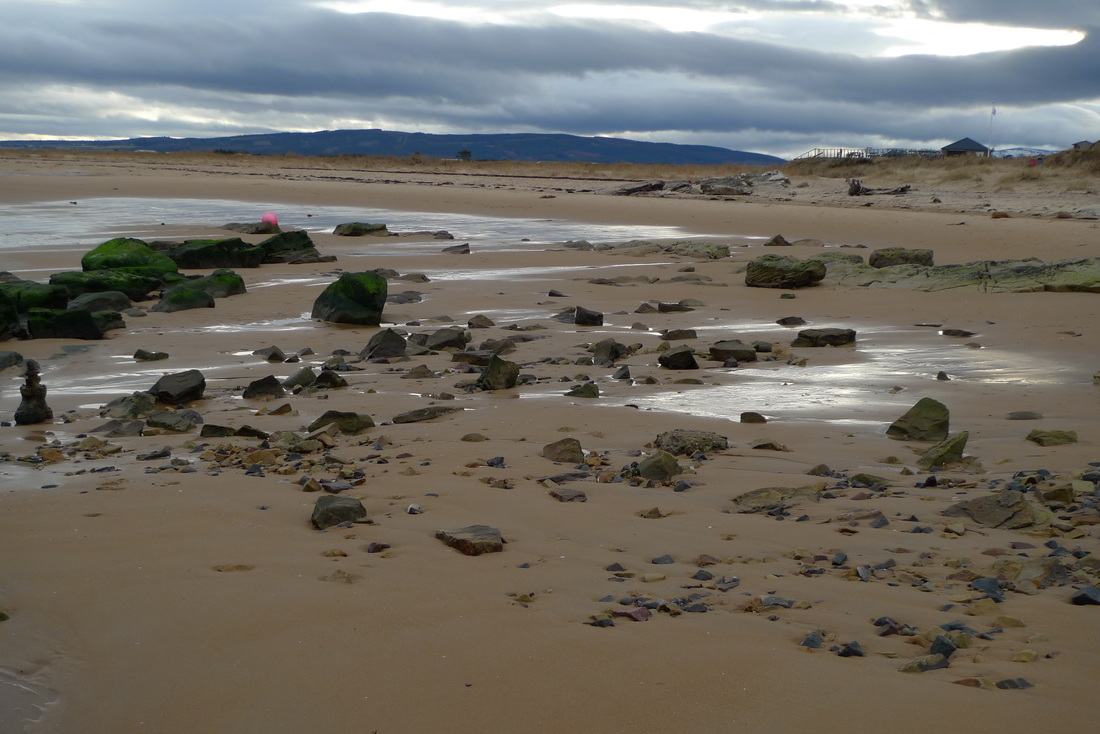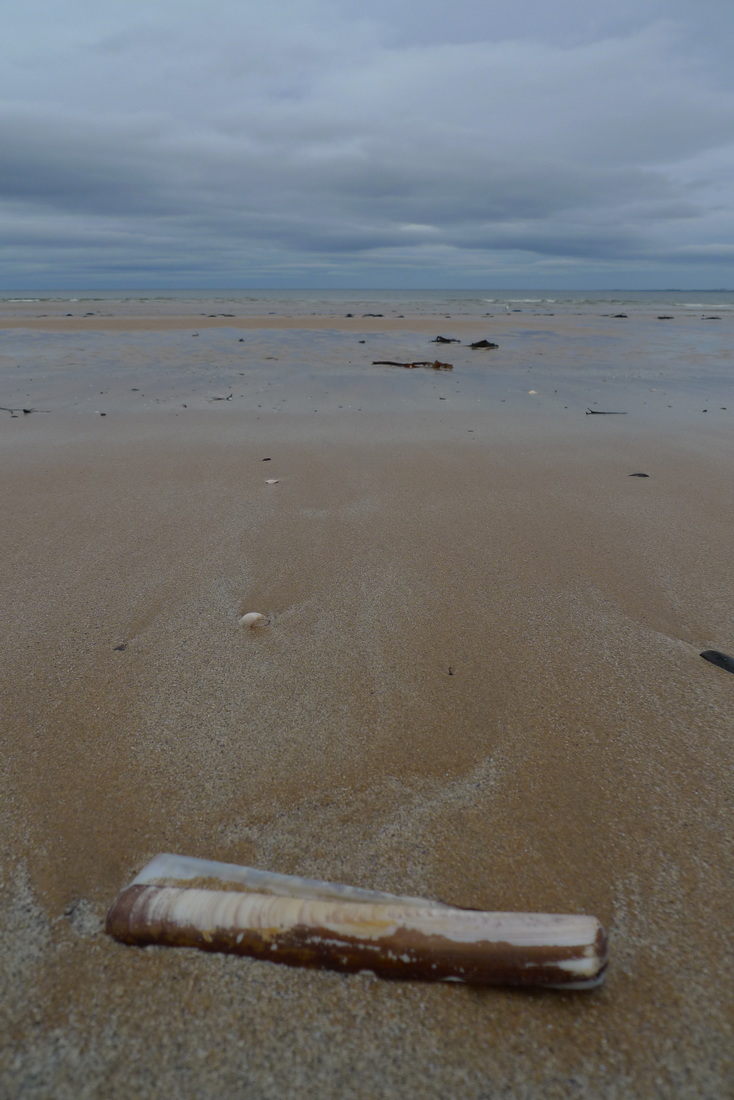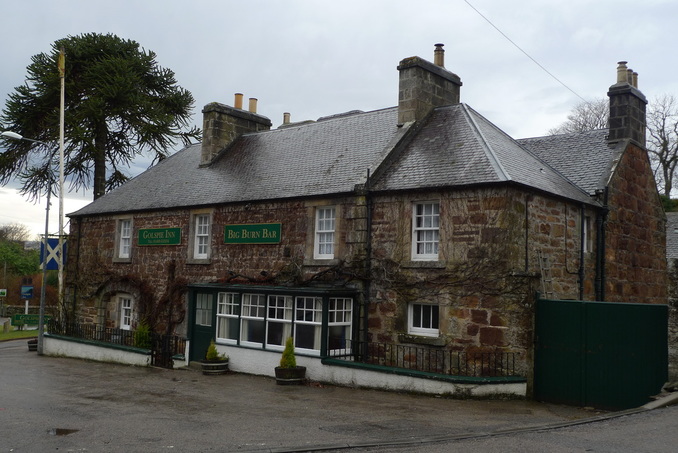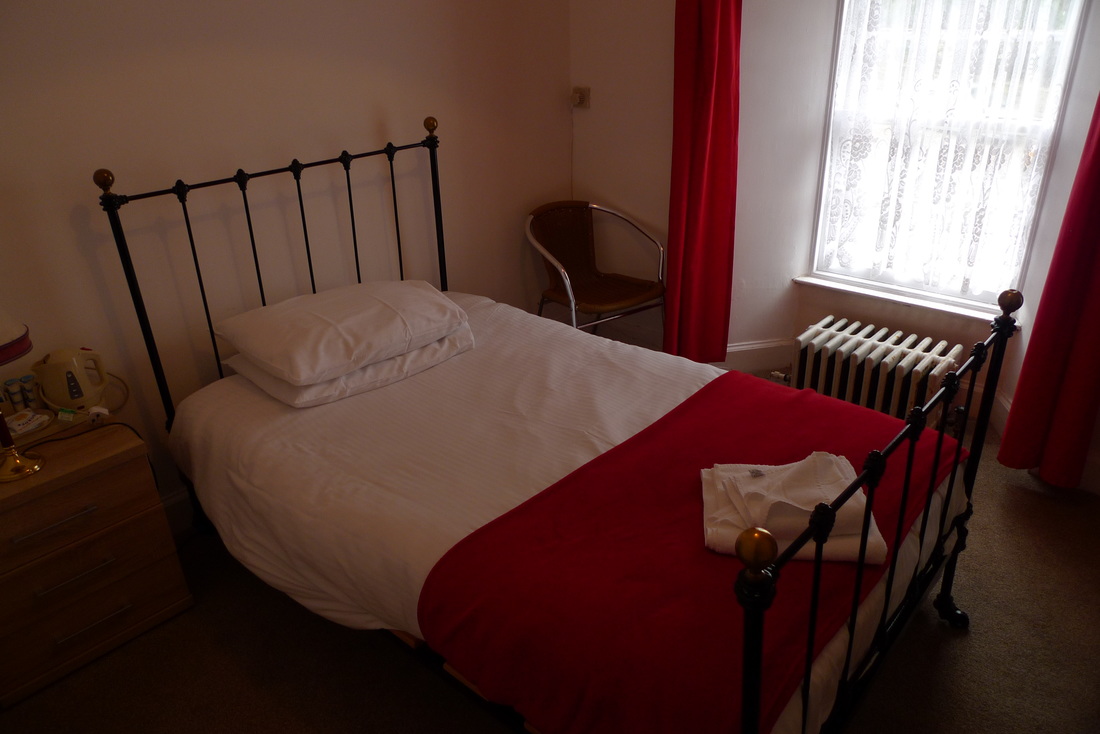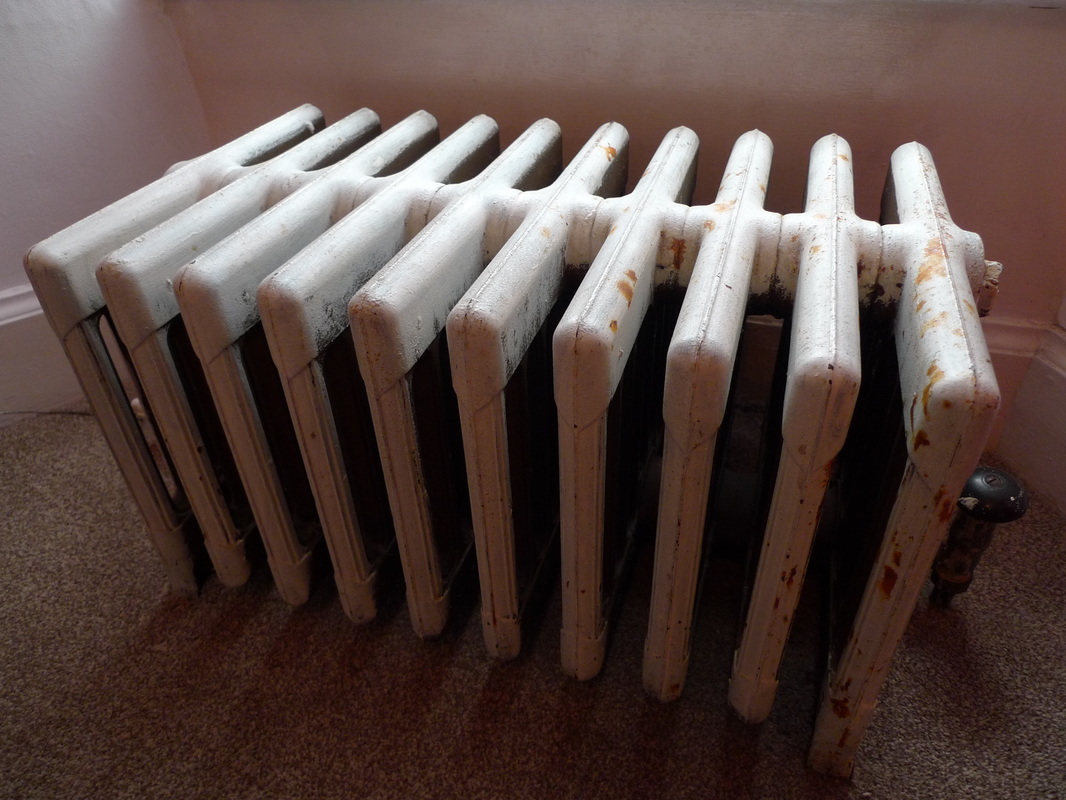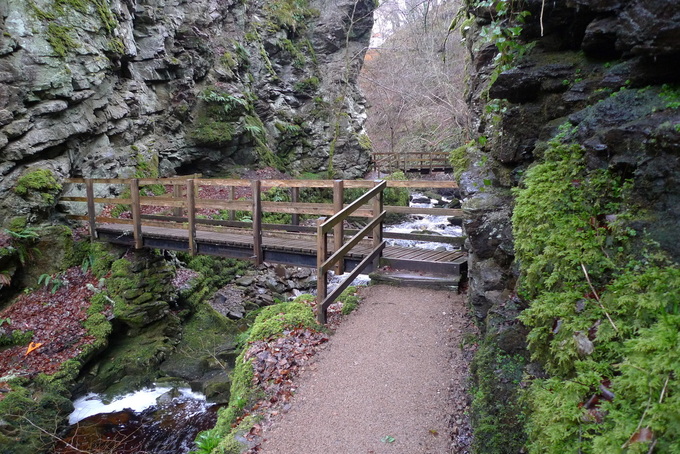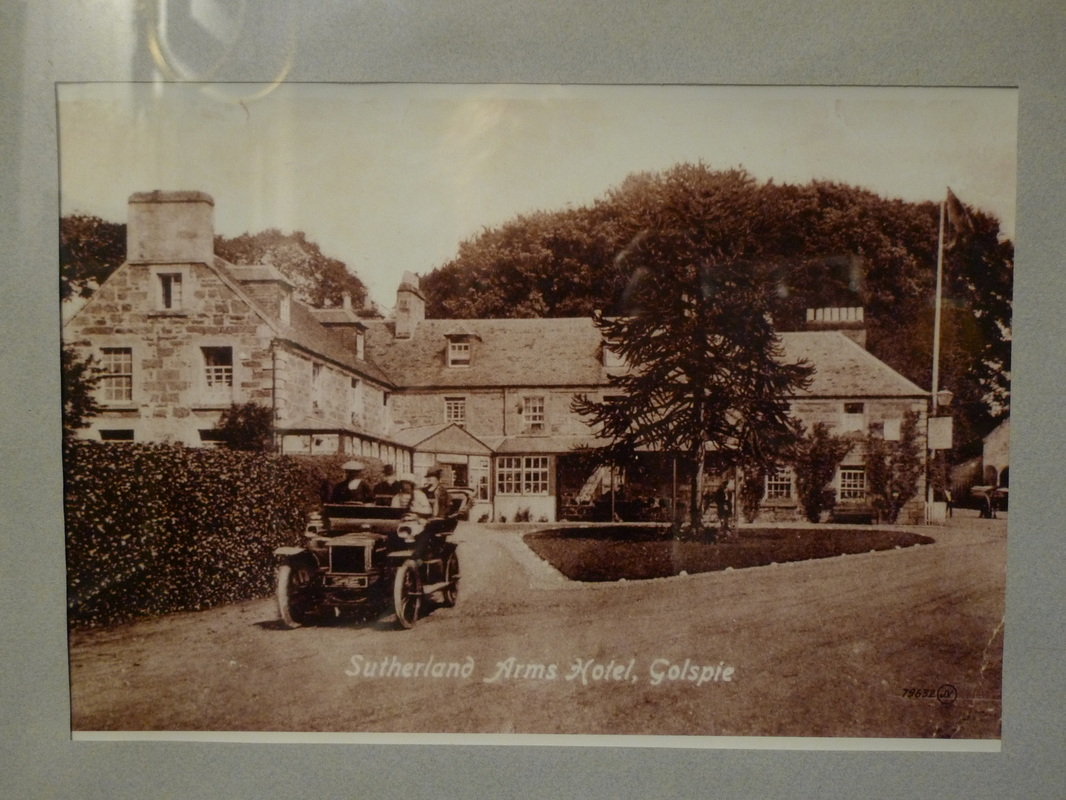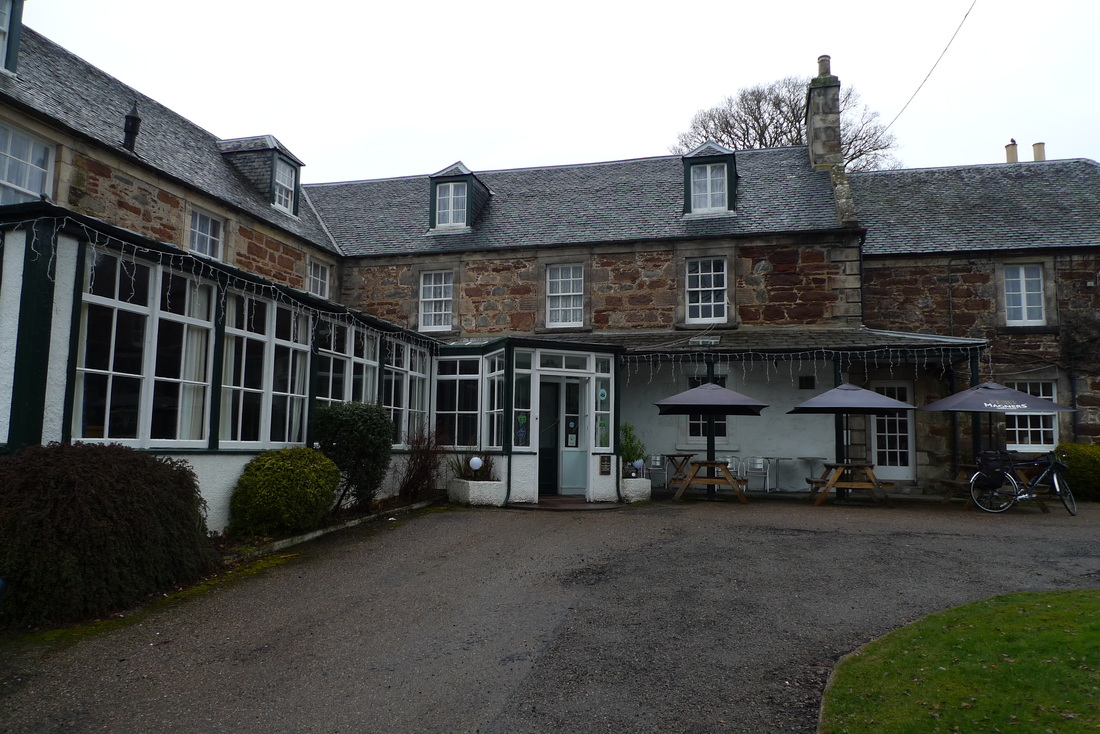|
This is an excellent guide to cycling routes in Scotland. It has maps, route descriptions, what to see and do, how to get there and where to get refreshments. Full of colour photos in a glossy, easy to read format this is all you need to inspire you to get on your bike and explore Scotland.
This book contains 28 routes that cover many parts of Scotland. There is a concentration on the central belt and in and around Glasgow and Edinburgh, but there is good coverage of other parts of the country. If you are new to cycling this book is ideal for getting you started and giving you ideas of where to go. Each route guide begins with an introduction that gives you an overview of the route and some information about the history and heritage of the area. It then provided practical information about the route length, the terrain, the nearest train station and where to go for refreshments. It also lists what there is to see and do, with details about museums, castles and other visitor attractions. Next there is a full page map and a route description to help you to navigate your way. The layout of the pages and the quality of the writing make this a pleasure to use.
The book is packed with beautiful photographs and you will want to look through it again and again to dream about where you can go cycling next.
Even if you have done a lot of cycling in Scotland and are familiar with many of the routes in this route there are bound to be some that you have not done yet. I discovered some new ones and I am looking forward to trying them out. This book is superb for getting inspiration and practical help for planning cycling routes in Scotland. I would say it is one of the best cycle route guides I have come across.
0 Comments
Ever wanted to stay in a castle with a four poster bed and a blazing log fire? You can do this at Dornoch Castle Hotel. Check in to the Old Courtroom and you can light the fire, listen to it crackle and cosy up in a bed fit for a king.
This is a unique experience. It is rare to find a working fire in a hotel room and to be in charge of lighting it and stoking it with logs. I have been to hotels that have fireplaces in the lounges, but never in the rooms.
And what a room this is. Many people dream of living in a Scottish castle. It is something they would love to be able to experience on a trip to Scotland. Staying in the Old Courtroom makes that dream come true. There are several other castle hotels in Scotland, but I have not yet come across one that matches Dornoch Castle for the authentic feeling of the room. It is not just the four poster bed and the fireplace that make is special. There is wood panellng, exposed stone walls, and roof beams.
The window seats are my favourite feature in the room. There are two window recesses that have face-to-face stone seats, topped with cushions:
The Old Courtroom is the most expensive room at the hotel. As of 2016 it is £260 for bed and breakfast, but when you consider the uniqueness of this room and being able to stay in an authentic Scottish Castle this is worth a treat. It is unlikely that you would find such a special room like this in London for a similar price.
The Tower Room is the same price and has a wood burning stove and a four poster bed with a carving of a squirrel running up one of the posts. The other categories of rooms do not have stoves or fires. I have also stayed in one of the other rooms- the Terrace Room- which is lovely. It has a large, comfortable bed and views of the castle gardens. It is worth signing-up to the hotel's newsletter as they email you with special offers and you might pick up a good deal, particularly during the low season.
A stay in the Old Courtroom at Dornoch Castle Hotel has to be one of the most special places to stay in all of Scotland. Treat yourself to this unique experience.
When staying at the hotel:
Visit Dornoch beach Cycle the snowy mountain view road, from Dornoch to Golspie The Far North Line that links Inverness to Wick and Thurso is a scenic wonder that tends to get overlooked on those greatest train journeys of the world lists. It is my number one scenic railway in Scotland. Let me tell you about the section between Wick and Thurso. For this blog I am going to focus on one particular section of the line, between Wick and Thurso. It is an area of great beauty that I had not noticed until recently, despite travelling on the railway many times. For anyone who has taken the train north they will likely say that the best section is where the line hugs the coast between Golspie and Helmsdale. Or perhaps when it travels along the Cromarty Firth. You will not expect me to be saying the section between Wick and Thurso. "What? That flat bit?" I am not saying it is the best part of the line, but it is stunning in its own right. Probably like most passengers heading north from Inverness I was getting tired by the time we reached the last stretch to Wick. I had enjoyed the coastal section, watching seals from my window. And now we were inland and it was flat and uninteresting. After 4 hours on this train I just wanted to arrive. But one bright and sunny spring day I departed from Wick. I was rested and excited about the trip south. I was not at journey's end, but at the beginning and I was going to see this with fresh eyes. It was a revelation that it was this beautiful. Last night someone had mentioned the clever marketing of the state of Montana as "Big Sky Country." It is a phrase that perfectly captures those endless fields stretching to the horizon, topped with blue sky and cloud puffs. A panorama of wide open spaces. This is exactly what I was looking at from my train carriage trundling across Caithness. I could see that the lack of hills was an advantage. It meant an unobstructed field of vision of never ending sky. There is something really special about being able to see for miles. It makes you feel free, that you have endless space to lose yourself in. You can easily find solitude not in just one small corner, but have a multitude of space for your soul to escape in. You feel that you have endless time, travelling through it makes time longer because the land does not change much for mile after mile. There used to be five stations between Thurso and Wick. Only one of these, Georgemas Junction, remains open, as the others were closed in the 1960s. I have always felt that there is a poetic quality to the list of stops on the Far North Line, rather like the Shipping Forecast, and these five would produce a beautiful verse if they were to reopen. They were called Hoy, Bower, Watten and Bilbster. Some of the former station buildings, now private homes, can be spotted as the train speeds by. A part of the journey is alongside Loch Watten, the second largest loch in Caithness. It is almost three miles long and looks inviting on a sunny day. The closed Watten station was located at the eastern end of the loch and I wonder if it had been well patronised by fishermen looking to catch some trout.
Scotland's mountains are stunning. They are Scotland. They bring visitors to Scotland. But endless sky is also beautiful. The people who visit Montana appreciate it. Scotland should shout about its own "Big Sky Country." So, if you ever take the Far North Line take a closer look between Wick and Thurso and let me know if you agree. If you do take the train to Wick read my blog 10 things to see and do in Wick. Read my blog about Dunrobin Castle station, which is on this line. Try taking this line to Altnabreac station, one of the most isolated stations in Scotland.
The 9 mile route between Helensburgh and Garelochhead features a segregated cycle path, the smell of the sea, lunch at a marina, the call of oystercatchers and a nuclear submarine base.
Regonal Cycle Route 42 links Helensburgh and Garelochead in Argyll. The route is largely along a cycle path on the main road, so not the most enjoyable ride, but there are nice views of the sea and some interesting things to see along the way. Begin at Helensburgh Central train station
Helensburgh Central is another fine survivor from the golden era of Scotland's railways. It has a long glass canopy, decorative ironwork and wood paneling in the ticket office. It is nicely decorated with pots of colourful flowers.
You may wish to linger in Helensburgh. The seafront location makes it a pleasant place for a stroll and an ice cream. You can also visit Hill House, designed by Charles Rennie Macintosh the famous Scottish architect. The inventor of the television, John Logie Baird (no relation), was born in Helensburgh.
The cycle route begins on the A814. Cycle westwards through the quieter streets of the town to avoid the busy road for as long as possible and to reach the start of the shared pavement and cycle path. This can be found opposite Cumberland Avenue where you will spot the blue Route 42 cycle signage. All you have to do now is follow these signs until you reach Garelochead.
It soon becomes clear that the strategy of this route is to keep bikes away from the main road as much as possible, so you will find some interesting bits of cycle infrastructure, like this section:
Helensburgh and the surrounding area is a wealthy part of Scotland, so you will notice some impressive houses. This lodge house is a more modest example that sits alongside the cycle route. I like the Gothic-style windows.
"Scottish Tapas" at Rhu
About two miles into the route you will reach the village of Rhu which sits on a curve of the loch and has a parish church tower dominating the horizon. As I passed through Rhu I could smell the salty air mixed with smoke from log burning fires in cosy cottages. At a football pitch a group of lads were sat on the grass, resting and chatting after their game.
I went for the carrot and coriander soup, served with a warm roll. It was just perfect on a slightly chilly day.
I liked the nautical decor of the cafe- red and white sails hanging from the ceiling and rope tied to the curtains to hold them in place. There are only 6 tables in the cafe and most of the clientele were ordering takeaway whilst having a bit of banter with the couple running the place. I heard the man joke about one customer, "Don't serve this guy! He used to come here all the time for fish n' chips. Now he doesn't. There's no excuse. We do airmail you know." There is a lot of yachting activity taking place here. There is a chandlery shop next door, boats were being repaired in the yard and I watched tractors dragging around boats on trailers. The route passes the Faslane Peace Camp. The residents of this collection of colourful caravans are protesting against the nuclear weapons that are kept at the Faslane Naval Base. The camp has been here since 1982 and there have been frequent protests through the years, including blockades of the base.
The route then proceeds alongside the immense fence and rolls of barbed wire that protect the perimeter of the base. Signs warn of CCTV and patrolling armed guards. At one point I negotiated a van parked on the cycle path and men were up on ladders carrying out repairs to the fence.
The route passed an entrance to the base where vehicles were being stopped at a checkpoint by armed guards. There was something unsettling to see such a sight in Scotland, particularly in the middle of the countryside. It is rare to see guns in Scotland and this is probably one of the few, if not the only place, in the country where you are going to see armed men. It was not pleasant to pass so close to them on my bicycle and I found myself desperately avoiding eye contact.
Garelochhead is a small village with not very much to see apart from the views of the loch. It is a peaceful place, a place where the call of the oystercatcher is the loudest noise. Prior to World War II it had been popular for people from Glasgow to travel here by steamer for holidays, but it has since declined as a tourist destination. Garelochhead has a train station, part of the famous West Highland Line, so you could get a train back to Glasgow instead of cycling back to Helensburgh. Be aware that trains on this line are less frequent and you must have an advanced reservation to take your bike on this train.
Combine this with a visit to Dumbarton Castle
The train to Helensburgh stops at Dumbarton East station from where you can easily reach Dumbarton Castle. The castle is a magical, fairytale grotto experience. Read my blog post about Dumbarton Castle When I arrived into Dornoch it was not immediately obvious to me that the town has a beach. With a castle, a cathedral and no sign of water it does not feel like a seaside town. The beach is located about half a mile from the centre of town and it is spectacular. A nice surprise. Dornoch, in Sutherland, is around 43 miles north of Inverness. If you did not know about Dornoch beach before you got there you could be forgiven for assuming there was not a beach. The town has no obvious clues that it is near to the sea. There are no shops selling buckets and spades. The buildings are solid stone constructions- no pastel colours or nautical decorations. The beach is about half a mile from the town, the town does not sit on the shore, so this is probably why the town has no obvious seaside paraphernalia. There are signs all over the town pointing to the beach, so it is easy to find and worth the short walk or cycle to get there. The beach is devoid of commercialisation and development, so there are no bars, hotels or other things to distract you from the simple pleasure of walking on soft sands and enjoying views of distant hills. Beaches like this where there are no crowds and all you can hear is the sound of the surf are good for the soul. I spent half an hour walking along the beach, with the breeze in my face, fresh air filling my lungs and my shoes gently crunching the sand. I came away smiling and feeling relaxed. Let Dornoch beach take your worries away. Why not stay in Dornoch Castle Hotel? Read my review of this superb hotel
Try cycling the snowy mountain view road between Dornoch and Golspie This adorable building with the tall monkey puzzle in the driveway is the place to stay in Golspie for delicious food and a relaxed and friendly atmosphere. The Golspie Inn is one of the prettiest buildings in the village. It is over 200 years old and has some quirky features. It was the first bar in Sutherland and Scotland's oldest post box is in the wall of the inn. Original features like sash and case windows and cast iron radiators add to the character of the rooms. My room was simple and comfortable. I was a bit concerned about my window overlooking the A9 road, but I need not have worried as the road is virtually silent at night and I had a perfect sleep.
At breakfast there was perfect poached eggs on toast. The couple from Spain, sitting at the next table, were craving some croissants and the manager, Tricia, produced a freshly baked batch especially for them. I heard the woman say that they were the best she had ever tasted. Tricia offered me one and explained that she also runs the cafe/bakery, Poppy's, on the Main Street and the croissants came from there. It was a delicious croissant, as good as any I have had in France. It is quite unusual to be able to have one for breakfast in a Highland hotel, but this was the kind of personal touch that Tricia likes to provides for her guests. Tricia told me about what there is to see and do in the area- she has great passion and knowledge. The hotel offers a variety of sightseeing tours, including visits to whisky distilleries and Tricia knows about the hidden gems of Sutherland. She mentioned beautiful waterfalls that few other people know about. I was glad that she recommended The Big Burn Walk, which is right next to the hotel. It became my favourite walk in Scotland and I wrote a blog about this. I loved the collection of old photographs of the hotel in the lounge area, particularly this one of the front of the hotel which shows that little has changed, apart from the old car. I think that it is important that the history of a hotel is shared with guests as it makes it more special and authentic to the area to stay there. With modern hotels you have none of that and even some older hotels fail to tell guests their story, so it is good to see that Golspie Inn makes the history of the place a central part of the guest experience.
I really enjoyed the conversation over breakfast. I chatted to the Spanish couple about travel plans and even a bit of current affairs. Tricia joined in and provided us with lots of tips about things to see and do in the area. It is that kind of relaxed and friendly atmosphere that makes a hotel stay enjoyable and memorable. A double room with breakfast is around £90 and you can book online on the Golspie Inn website. For cycling in the area try the quiet road between Golspie and Dornoch Read more about Golspie: 10 Things to See and Do in Golspie Bike Snob lives in New York City. He blogs and writes books about all things to do with cycling. This book focuses on cycle commuting and is full of Bike Snob's characteristic wit and common sense. All of the trials and tribulations of commuting by bike are covered, including annoying behaviour, types of bicycles and the reason why people do not cycle.
I did not think that there could be enough material about commuting to fill an entire book, but this book shows that there is plenty to say on the subject. Just like Bike Snob's first book this one has the same quality hardback design with nice feeling paper and plenty of cartoon style pictures throughout the pages. Much of the content is waffle, but entertaining waffle nonetheless and I found myself laughing and agreeing with what I was reading. I liked how Bike Snob examines all sides of the issues surrounding commuting. Not only does he rant about annoying-driver-on-cyclist behaviour, he also lays into cyclists for their annoying behaviour towards other cyclists and to drivers. The book opens with Bike Snob recalling his worst ever day-he was riding his bike during the September 2001 attacks on the World Trade Centre. He then goes on to tell how the aftermath of this resulted in an incredible sense of goodwill among New Yorkers and commuters were polite to each other, even to the extent that there were no car horns. He tries to remember that time each time something frustrates him or annoys him when commuting. This is the lesson that he wants to teach us, to encourage us to be better commuters. The book is more about entertainment than a practical guide to cycle commuting, so people who are already using their bike to get to work are more likely to enjoy it than people thinking about taking up cycle commuting and looking for a guide. One of the things I found fascinatingly hilarious is that Bike Snob came across some cyclists who fit their lights the wrong way. That is they put the red light on the front of the bike and the white light on the rear. I didn't believe this actually happens, so I asked some fellow cyclists if they had ever come across this and they said that they had! So there you go. You might also read about some strange commuting behaviour that you have never before come across whilst reading this book. So, for a bit of fun and a witty take on cycle commuting this book is worth a read. |
Categories
All
Archives
July 2024
|


